Monday, June 24-Friday, June 28 9:30am-1:00pm |
| I love this mural! It is the centerpiece of the studio. It includes the logo, the water texture is neat, and it is full of a bunch of personal touches- the orca whale is a favorite local animal, our orange canoe (named B.O.B) is out there, and there's a local Snohomish hot air balloon! The bottom left corner still needs to be finished- the plan is for an underwater scene complete with octopus. When we first moved in, There was some nice raw wood strips making up the wall above the fire board, which we pulled down to put in the drywall and reused to frame out the windows, and build a cabinet/countertop in the front. We found a lucky horseshoe in the wall when we pulled out the panels... we put it back- it's behind the drywall in this corner wall. |
I didn't really get any photos of the front half of the garage, which is unfortunate, because we did a lot of work! Most of the previous photos came directly from the realtor and/or assessor. At the time, I was too busy actually doing stuff to document. Anyway- we repurposed the raw wood strips to create the counter top/cabinet. The cabinet door was salvaged from the single wide, and the two floor cabinets were taken down from the office wall. We painted the outside of the bathroom the same color as the outside of the garage- the outside of the bathroom is the same wood as the garage exterior. There was also an old shop/laundry sink which we replaced with a nicer large laundry sink- so we can clean up easier after art projects. Here is what it looks like now:
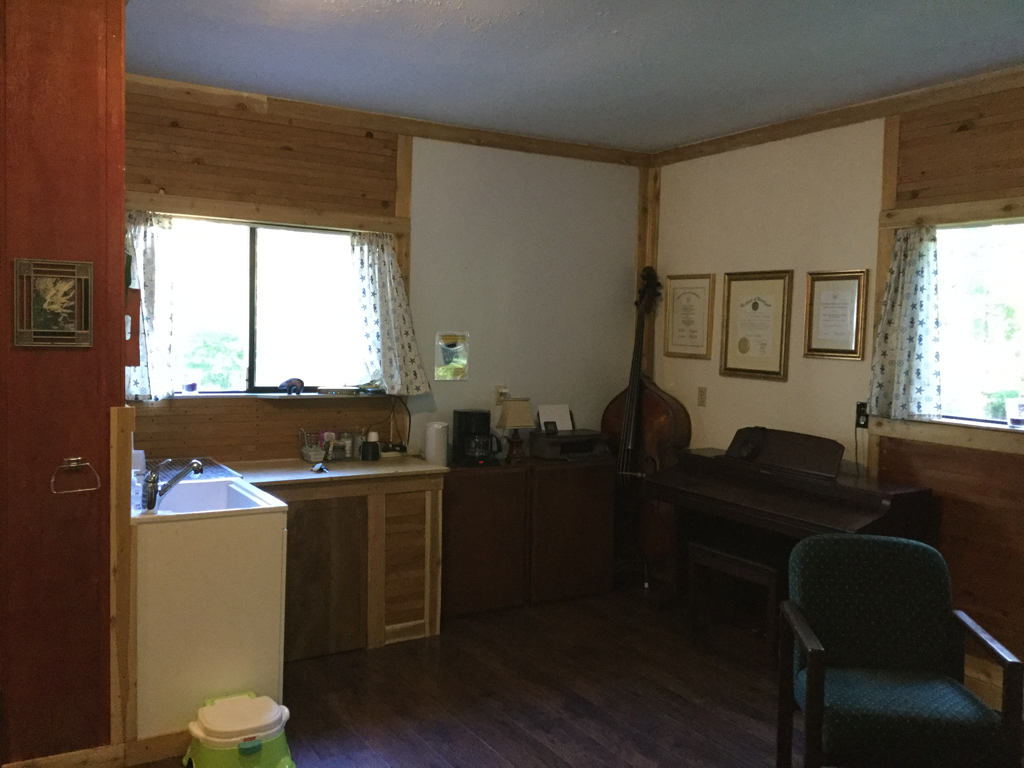
While the bathroom was pretty gross, we did know we were super fortunate to have a bathroom- especially as we were living in an RV. The bathroom was renovated pretty quickly as we started using it immediately. We pulled up the toilet, detailed it and replaced all the gaskets as it was leaking from the bottom. We laid down flooring (with a microban underlayment), replaced the bathroom heater, replaced the ceiling light fixture, and installed drywall on the ceiling. Then we painted everything. Here are before and after photos:
The studio also went through a number of changes- we pulled out countertops and cabinets (they were repurposed in other places) and, did lots of painting and cleaning. It at least started with lineoleum flooring (which we finally covered with the laminate), and the heater in there is in good working order. Here are some before and after photos:
One of the other important things we did you can see right outside the studio window... we built a place for kids to play while they wait for their lesson, or after their lesson, or for siblings...
December-April
The house was scheduled for delivery the first part of January, so demolition of the single wide trailer happened in December. December 19th to be exact (it was my birthday- seriously). We spent two nights in a motel because the water and power had to be cut off to the property while the demolition happened.
We also got snow that Christmas! The new foundation was poured, the electric was trenched, and we arranged to have the new septic system installed. We salvaged the back deck- it was pretty large, and lumber is so expensive! The uprights on the railings were too far apart to pass inspection, so we just kept it open- it turned out pretty nice after we stained it. We're planning on using it as a stage area for some of our summer camps.
The ARK officially opened for business in January! By this time the garage had gone through it's first round of major renovation (we'll be doing the front half this fall. Yay!). The house was delivered on January 10th, so it was an extremely exciting month.
The house was assembled around January 30th. The new septic system was installed by that date as well. We had an electrician scheduled for February 1st to wire the new septic pump and the house. Electricians in Snohomish county are hard to find by the way! They're either booked out way in advance, or billing you an insane amount of money for an "emergency". Anyway... everything finally got hooked up, and we received our final occupancy permit on March 3rd. Yay! And for all those who may be interested, here are some before/after pictures!
We've been loving the yard, and have done a ton of work on landscaping. The biggest job has been pulling out the chain link fence- disposing of concrete is expensive! And it's super heavy! It's been pretty neat to see the gardens emerge though now that the fence isn't running through them! The grass is starting to grow back nicely after having the entire yard dug up for the septic drain lines.
The future?
We are loving being official "Snohomies"! We've enjoyed Kla-Ha-Ya days, spending Fridays at the Aquatic Center, Ground Frog Day (I have a thing for frogs), teaching our son to ride his bike on the Centennial Trail and going to The Bakery at First and Union on a regular basis.
It's also exciting to see the studio grow! This fall (once the weather gets too cold and wet to spend it outside constantly), we'll revisit garage renovations again. We'd like to expand the wall all the way to the exterior wall to create a second studio space, and then finish the front half of the garage to make a large classroom space- we're thinking faux brick to give it a "The Rock Pizzeria" feel, and beginning to offer "rock school" style classes. We're looking to do another large expansion in January of 2018.
We're looking forward to more exciting (and busy!) times in Snohomish!
It's also exciting to see the studio grow! This fall (once the weather gets too cold and wet to spend it outside constantly), we'll revisit garage renovations again. We'd like to expand the wall all the way to the exterior wall to create a second studio space, and then finish the front half of the garage to make a large classroom space- we're thinking faux brick to give it a "The Rock Pizzeria" feel, and beginning to offer "rock school" style classes. We're looking to do another large expansion in January of 2018.
We're looking forward to more exciting (and busy!) times in Snohomish!
Overview
Each day includes a science/math component, a music component, and an art component. I've got 3 hours to fill- so 4-6 activities are planned daily, which allows time for outdoor play and lunch. I think we'll have fun!
Day 1- Monday
Begin with introductions, rules, explaining the layout, calendar, expectations, etc.
Discuss: Rainbows- what is a rainbow?
Experiment: Rainbow Pan (http://physicscentral.com/experiment/physicsathome/rainbow.cfm)
Project: Build a Spectroscope (http://buggyandbuddy.com/homemade-spectroscope/)
Take a break, eat lunch
Discuss: rhythm, beat, and note types (quarter, half, eighths, dotted half, and whole notes)
Color: Rhythm values (worksheet in notebook)
Play: Boomwhackers!
Sing: The solfege scale using rainbow colors (red, orange, yellow, green, blue, indigo, violet, red)
Play: 2 "mystery" songs... can the kids play the right note, in the right rhythm to identify:
Twinkle, Twinkle Little Star
Somewhere Over the Rainbow
Sing: Somewhere Over the Rainbow
Discuss: Rainbows- what is a rainbow?
Experiment: Rainbow Pan (http://physicscentral.com/experiment/physicsathome/rainbow.cfm)
Project: Build a Spectroscope (http://buggyandbuddy.com/homemade-spectroscope/)
Take a break, eat lunch
Discuss: rhythm, beat, and note types (quarter, half, eighths, dotted half, and whole notes)
Color: Rhythm values (worksheet in notebook)
Play: Boomwhackers!
Sing: The solfege scale using rainbow colors (red, orange, yellow, green, blue, indigo, violet, red)
Play: 2 "mystery" songs... can the kids play the right note, in the right rhythm to identify:
Twinkle, Twinkle Little Star
Somewhere Over the Rainbow
Sing: Somewhere Over the Rainbow
Day 2- Tuesday
Experiment: Exploring Prisms (http://buggyandbuddy.com/rainbow-science-for-kids-exploring-prisms/)
Review: Solfege Scale
Learn: I Can Sing a Rainbow
Review: Somewhere Over the Rainbow
Take a break, eat lunch
Play: Boomwhackers!
Mystery Songs: Mary Had a Little Lamb
Take Me Out to the Ball Game (also begins with an octave- like Somewhere Over the Rainbow- a tricky mystery song!)
Discuss: Pointillism and Georges Seurat (http://harringtonharmonies.com/2013/03/paint-like-seurat.html?utm_source=feedburner&utm_medium=feed&utm_campaign=Feed:+HarringtonHarmonies+(Harrington+Harmonies))
Project: Color Wheel- using only primary colors
Project: Create Your Own Pointalist Masterpiece!
If there's time, a game: I Can Sing a Rainbow Circle Game (http://www.letsplaykidsmusic.com/i-can-sing-a-rainbow-circle-game/)
Review: Solfege Scale
Learn: I Can Sing a Rainbow
Review: Somewhere Over the Rainbow
Take a break, eat lunch
Play: Boomwhackers!
Mystery Songs: Mary Had a Little Lamb
Take Me Out to the Ball Game (also begins with an octave- like Somewhere Over the Rainbow- a tricky mystery song!)
Discuss: Pointillism and Georges Seurat (http://harringtonharmonies.com/2013/03/paint-like-seurat.html?utm_source=feedburner&utm_medium=feed&utm_campaign=Feed:+HarringtonHarmonies+(Harrington+Harmonies))
Project: Color Wheel- using only primary colors
Project: Create Your Own Pointalist Masterpiece!
If there's time, a game: I Can Sing a Rainbow Circle Game (http://www.letsplaykidsmusic.com/i-can-sing-a-rainbow-circle-game/)
Day 3- Wednesday. Also, Pizza Day. And Sprinkler/Water Day.
Watch: Donald in Mathmagic Land (https://youtu.be/iEVGQKwKeCc)
Project: Build a rainbow xylophone (http://sugarspiceandglitter.com/kids-kitchen-water-xlyophone-science-experiment/)
Take a break, eat lunch
Review: Somewhere Over the Rainbow- both in song and with boomwhackers
Review: I Can Sing a Rainbow
Learn: Rainbow Connection
Take a break- sprinklers and water fun!- We've also got some sprinklers and sprayers with different settings, so we can experiment and see which spray creates the better rainbow, which spray can make a double rainbow, etc.
Project: watercolor mosaic (we'll begin this on Wednesday, but finish on Thursday) (http://www.hodgepodge.me/watercolor-mosaic-art-and-math/)
Project: Build a rainbow xylophone (http://sugarspiceandglitter.com/kids-kitchen-water-xlyophone-science-experiment/)
Take a break, eat lunch
Review: Somewhere Over the Rainbow- both in song and with boomwhackers
Review: I Can Sing a Rainbow
Learn: Rainbow Connection
Take a break- sprinklers and water fun!- We've also got some sprinklers and sprayers with different settings, so we can experiment and see which spray creates the better rainbow, which spray can make a double rainbow, etc.
Project: watercolor mosaic (we'll begin this on Wednesday, but finish on Thursday) (http://www.hodgepodge.me/watercolor-mosaic-art-and-math/)
Day 4- Thursday
Project: Rainbow Jars (http://sweetandsimplethings.blogspot.com/2011/05/rainbow-in-jar.html)
Also: (http://adayinfirstgrade.com/2016/01/exploring-light-in-kindergarten.html/4)
Experiment: lights. Because we have a lighting designer in the family, we've also got a small inventory of conventional and moving lights to play around with! (http://tckouyeas.weebly.com/lighting.html)
Take a break, eat lunch
Review: Somewhere Over the Rainbow- singing and boomwhacking.
Review: I Can Sing a Rainbow
Review: Rainbow Connection
Learn: True Colors
Project: Complete mosaic project- take the watercolor pieces and put them together as a group mosaic.
We'll then edge and complete the project using this Skittles technique: (http://www.funwithmama.com/easy-skittles-rainbow-kids-candy-science-experiment/)
Also: (http://adayinfirstgrade.com/2016/01/exploring-light-in-kindergarten.html/4)
Experiment: lights. Because we have a lighting designer in the family, we've also got a small inventory of conventional and moving lights to play around with! (http://tckouyeas.weebly.com/lighting.html)
Take a break, eat lunch
Review: Somewhere Over the Rainbow- singing and boomwhacking.
Review: I Can Sing a Rainbow
Review: Rainbow Connection
Learn: True Colors
Project: Complete mosaic project- take the watercolor pieces and put them together as a group mosaic.
We'll then edge and complete the project using this Skittles technique: (http://www.funwithmama.com/easy-skittles-rainbow-kids-candy-science-experiment/)
Day 5- Friday. Last day!
Review everything:
Science Projects- Rainbow Pan
Spectroscope
Prism Exploration
Rainbow Xylophone
Rainbow Jars
Art Projects- Rhythm coloring
Pointillism Color Wheel
Seurat Style Piece
Mosaic
Skittles Rainbow
Songs- Somewhere Over the Rainbow- Sing, boomwhackers, sing
I Can Sing a Rainbow
Rainbow Connection
Colors of the Wind
Using the review as a rehearsal/set-up time, we'll put together displays of the experiments and art projects for parents to ohh and ahh over.
We'll plan on inviting parents and siblings at 1:00pm for lunch, and then do a short musical performance at 1:30. We should wrap up around 2:00-ish.
Science Projects- Rainbow Pan
Spectroscope
Prism Exploration
Rainbow Xylophone
Rainbow Jars
Art Projects- Rhythm coloring
Pointillism Color Wheel
Seurat Style Piece
Mosaic
Skittles Rainbow
Songs- Somewhere Over the Rainbow- Sing, boomwhackers, sing
I Can Sing a Rainbow
Rainbow Connection
Colors of the Wind
Using the review as a rehearsal/set-up time, we'll put together displays of the experiments and art projects for parents to ohh and ahh over.
We'll plan on inviting parents and siblings at 1:00pm for lunch, and then do a short musical performance at 1:30. We should wrap up around 2:00-ish.
Interested in registering? Visit thearksnohomish.com/summer-camps.html for more information, or call (206)390-9479.
As always... thanks for reading!
Right now, I am living and breathing summer camps- mainly because we're taking a long vacation right before the camps begin, so I've been working on creating curriculums, and recruiting students... So, as I gather everything I need together, I thought this might be a great way to share what I'm planning, and to also finalize my plans and to BE SURE that I am prepared... As we went with The ARK for the name of the studio, I focused on animals and rainbows (both of which I LOVE!). For the younger kids, I wanted to take a look at Camille Saint-Saens and Carnival of the Animals. A huge part of this camp will focus not just on animals and music, but also on habitat and the environment- again, as I teach I also explore the things that are most important to me, and right now the environment is taking up considerable mental space...
Day 1- Overview of Carnival of the Animals
Beginning with welcomes, introductions, rules, layout (where is the bathroom, etc.) and other beginning information.
We'll begin by listening to the entirety of Carnival of the Animals while reading the book "The Carnival of the Animals" by Jack Prelutsky, coloring a listening map and talking about what we expect to hear- high or low sounds, fast or slow tempo, loud or soft dynamics, what instruments, etc?
The suite runs about 22 minutes. Combined with discussions and readings, I anticipate this to take about 35 minutes. We'll close out the first hour with playtime on the playground.
For the second hour, we'll be experimenting with various instruments and playing Animal Sountracks.
Listening map can be found at: https://www.thewiseowlfactory.com/PDFs/2013/01/free-carnival-of-the-animals.pdf
We'll begin by listening to the entirety of Carnival of the Animals while reading the book "The Carnival of the Animals" by Jack Prelutsky, coloring a listening map and talking about what we expect to hear- high or low sounds, fast or slow tempo, loud or soft dynamics, what instruments, etc?
The suite runs about 22 minutes. Combined with discussions and readings, I anticipate this to take about 35 minutes. We'll close out the first hour with playtime on the playground.
For the second hour, we'll be experimenting with various instruments and playing Animal Sountracks.
Listening map can be found at: https://www.thewiseowlfactory.com/PDFs/2013/01/free-carnival-of-the-animals.pdf
Day 2- Introduction and Lion
We'll begin by reading the first two verses of Ogden Nash's poem "Verses for Camille Saint-Saens's Carnival of the Animals" found here: https://www.informatik.uni-hamburg.de/RZ/lehre/C++/4/carnival
Next, we'll listen again to both "Introduction" and "Royal March of the Lion" and write our own verses together based on what we hear.
Then, we'll build lion puppets- I keep going back and forth between paper bag puppets, or stick puppets, but we'll be building some sort of lion puppet!
Take a play break!
Discuss tempo (fast and slow) play with rhythm sticks. Find a steady beat, sing "Twinkle, Twinkle Little Star" at various tempos.
Listen to "Royal March" again. Can we find the beat? Can we march to the beat? Do we hear the lion roar? Grab the puppets, listen again, and ROAR along with the music.
Sing: "The Lion Sleeps Tonight"
Next, we'll listen again to both "Introduction" and "Royal March of the Lion" and write our own verses together based on what we hear.
Then, we'll build lion puppets- I keep going back and forth between paper bag puppets, or stick puppets, but we'll be building some sort of lion puppet!
Take a play break!
Discuss tempo (fast and slow) play with rhythm sticks. Find a steady beat, sing "Twinkle, Twinkle Little Star" at various tempos.
Listen to "Royal March" again. Can we find the beat? Can we march to the beat? Do we hear the lion roar? Grab the puppets, listen again, and ROAR along with the music.
Sing: "The Lion Sleeps Tonight"
Day 3- Hens and Roosters
We have a fabulous flock of chickens! 2 araucanas, 2 barnvelders, 2 sex-linked, and a Cochin make up our flock, and we'll start out the day visiting them, feeding them some mealworms, and just seeing what they do.
Next, we'll read the Ogden Nash verse for Chickens.
We'll listen to "Hens and Roosters" again, and write our own verses based on what we hear.
We'll discuss long/short sounds and the terms "staccato" (short and separated) and "legato" (smooth and connected). Then, we'll do staccato and legato walking while listening to "Hens and Roosters" one more time- skipping for the staccato parts, and walking for the legato parts. Does this piece SOUND like what we SAW the chickens do?
Take a play break!
Build chicken puppets- using: http://iheartcraftythings.com/chick-finger-puppets.html
Learn: The Chickens (from the Kodaly in Kindergarten book)- using the props
Sing: Their Ain't Nobody Here but Us Chickens
Sing/Review: "The Lion Sleeps Tonight".
Next, we'll read the Ogden Nash verse for Chickens.
We'll listen to "Hens and Roosters" again, and write our own verses based on what we hear.
We'll discuss long/short sounds and the terms "staccato" (short and separated) and "legato" (smooth and connected). Then, we'll do staccato and legato walking while listening to "Hens and Roosters" one more time- skipping for the staccato parts, and walking for the legato parts. Does this piece SOUND like what we SAW the chickens do?
Take a play break!
Build chicken puppets- using: http://iheartcraftythings.com/chick-finger-puppets.html
Learn: The Chickens (from the Kodaly in Kindergarten book)- using the props
Sing: Their Ain't Nobody Here but Us Chickens
Sing/Review: "The Lion Sleeps Tonight".
Day 4- Aquarium
Both day 4 and 5 are heavy on the concept of "habitat".
We'll start out visiting our small fish pond, feeding the fish, and looking for frogs. Observe: what is around the pond- plants, rocks, etc. What do fish and frogs need to live? What other kinds of aquatic animals do we know? How can we help create good habitats for our aquatic friends?
Read the Ogden Nash verse
Listen again to "Aquarium" and write our own poem based on what we've seen, discussed, and heard.
Egg carton ocean craft/puppet: http://homeschoolpreschool.net/easy-egg-carton-ocean-animals-craft/
Play break- We'll spend some time swimming in our small splash pool! Remind parents to send swimwear and towels.
During our play break, we'll also take one more listen to aquarium while blowing whole note bubbles.
Learn: "Under the Sea"
Review: "The Lion Sleeps Tonight"
"The Chickens"
"Ain't Nobody Here But Us Chickens"
We'll start out visiting our small fish pond, feeding the fish, and looking for frogs. Observe: what is around the pond- plants, rocks, etc. What do fish and frogs need to live? What other kinds of aquatic animals do we know? How can we help create good habitats for our aquatic friends?
Read the Ogden Nash verse
Listen again to "Aquarium" and write our own poem based on what we've seen, discussed, and heard.
Egg carton ocean craft/puppet: http://homeschoolpreschool.net/easy-egg-carton-ocean-animals-craft/
Play break- We'll spend some time swimming in our small splash pool! Remind parents to send swimwear and towels.
During our play break, we'll also take one more listen to aquarium while blowing whole note bubbles.
Learn: "Under the Sea"
Review: "The Lion Sleeps Tonight"
"The Chickens"
"Ain't Nobody Here But Us Chickens"
Day 5- Aviary and Final Puppet Show!
We'll start the day outside in one of the garden areas where we've got bird feeders set up. We'll talk about what is an aviary, and how can we create a good habitat for birds- what do they need?
Build a bird feeder: http://www.therealisticmama.com/12-kid-made-bird-feeder-crafts/
Back inside: read Ogden Nash verse
Listen again to "Aviary"
Write our own poem for "Aviary" based on what we've observed and heard.
Learn: "Feed the Birds"
Review: "In the Jungle"
"The Chickens"
"Ain't Nobody Here But Us Chickens"
"Under the Sea"
Play break!
12:00- at pick up time, we'll do a brief puppet show/performance
Read OUR verses for "Introduction" and "Royal March of the Lion". Listen to the music while the kids roar with their lion puppets
Sing: "In the Jungle"
Read OUR verses for "Hens and Roosters". Listen to the music while the kids staccato/legato step with their puppets
Chant: "The Chickens"
Sing: "Ain't Nobody Here But Us Chickens"
Read OUR verses for "Aquarium". Listen to the music while the kids blow 4 count bubbles and display their aquatic animals
Sing: "Under the Sea"
Read OUR verses for "Aviary". Listen to "Aviary"- chicken puppets resurface.
Sing: "Feed the Birds"
Build a bird feeder: http://www.therealisticmama.com/12-kid-made-bird-feeder-crafts/
Back inside: read Ogden Nash verse
Listen again to "Aviary"
Write our own poem for "Aviary" based on what we've observed and heard.
Learn: "Feed the Birds"
Review: "In the Jungle"
"The Chickens"
"Ain't Nobody Here But Us Chickens"
"Under the Sea"
Play break!
12:00- at pick up time, we'll do a brief puppet show/performance
Read OUR verses for "Introduction" and "Royal March of the Lion". Listen to the music while the kids roar with their lion puppets
Sing: "In the Jungle"
Read OUR verses for "Hens and Roosters". Listen to the music while the kids staccato/legato step with their puppets
Chant: "The Chickens"
Sing: "Ain't Nobody Here But Us Chickens"
Read OUR verses for "Aquarium". Listen to the music while the kids blow 4 count bubbles and display their aquatic animals
Sing: "Under the Sea"
Read OUR verses for "Aviary". Listen to "Aviary"- chicken puppets resurface.
Sing: "Feed the Birds"
Water has been on my mind a lot lately... in some ways, it's pretty visible. Naming my studio The ARK was a way to put my name on my studio without saddling it with my unpronounceable name! As such, water is part of my logo, and is a huge part of my studio mural. I've been keeping my eyes on Standing Rock, and praying often for our water protectors- I am so grateful for them doing what I cannot and taking the time out of their lives to keep the rivers as clean as possible. A few years ago, a friend of mine posted on Facebook that he was listening to the rain and asked what was everyone's favorite rain music. The answers were interesting and diverse, and some of them stuck with me!
World Water Day was proposed in 1992 by the United Nations Conference on Environment and Development, and March 22, 1993 was the first World Water Day as designated by the UN General Assembly. World Water Day is observed internationally and is meant to inspire people world-wide to learn more about water related issues and take action. According to the UN website, there are currently 663 million people on earth living without access to clean water. I encourage you to read more about what the United Nations have to say about water: http://www.un.org/en/events/waterday/
Water is SO IMPORTANT! Water is a necessity for life- for health. According to Dr. Jeffrey Utz at Alleghenies University, the human body is 55%-78% water. According to the United State Geological Survey, 71% of the earth's surface area is covered in water. This does not include the water in the sky that exists as clouds, or underground aquifers. Without water, life as we know it would not exist.
Water is so essential to life, that it even transcends mere survival and is part of our spiritual nature as well. Water is more than just a fluid- it is a journey, it's adversity, it's time, it's an escape, it's knowledge. Today, in honor of World Water Day, I am listening to music inspired by water and sharing my own exploration of water. Consider it my mixed tape/love song to water. Because I am old enough to have made mix tapes. :). These are 24 of my favorite songs about water- 1 piece for every hour of the day. I hope you can listen and enjoy!
Water is Flexible and Fluid
Water is unique in that it can flow freely, but will fit within whatever container it is placed in. The spirit of water is adaptable, but strong. Water can be held within a paper cup, but over time can wear away rock.
Singing in the Rain- it doesn't matter what sort of adversity you face- adapt, and change your outlook. Although it might be raining, find your voice and sing.
I love this quote from Maurice Ravel about his piece Jeux d'eau- and at it's heart, it celebrates water, while showcasing the flexibility of form. "Jeux d'eau, appearing in 1901, is at the origin of the pianistic novelties which one would notice in my work. This piece, inspired by the noise of water and by the musical sounds which make one hear the sprays water, the cascades, and the brooks, is based on two motives in the manner of the movement of a sonata—without, however, subjecting itself to the classical tonal plan."
The Beatles, Rain. "Rain, I don't mind, Shine, the weather's fine". Same message as Singing in the Rain- adapt. Whatever the weather, your outlook is your reality- it doesn't matter if the rain comes, or the sun shines- the weather is fine if you decide it is.
Maria Joao Pires is my FAVORITE classical pianist. One of the things I love most about her is her flexibility with tempo. While many pianists push speed to create musical tension, Maria pulls back, making the listener CRAVE resolution. Her interpretations are fantastic!
Water Is Effected By It's Surroundings
The French philosopher Gastonia Bachelard defined different types of water: clear, running, stagnant, dead, fresh, salt, reflecting, purifying, deep, and stormy. These variations depend on outside stimulus: is the water clean, or is salt in it? Is it a running stream, or a still pond? Does it reflect, or is it covered with algae? Water can represent unity and peace, or struggle and adversity.
"When you're down and out
When you're on the street
When evening falls so hard
I will comfort you (ooo)
I'll take your part, oh, when darkness comes
And pain is all around
Like a bridge over troubled water
I will lay me down
Like a bridge over troubled water
I will lay me down"
Life isn't always calm- neither is the water.
When you're on the street
When evening falls so hard
I will comfort you (ooo)
I'll take your part, oh, when darkness comes
And pain is all around
Like a bridge over troubled water
I will lay me down
Like a bridge over troubled water
I will lay me down"
Life isn't always calm- neither is the water.
Life will throw a lot of different obstacles at you, there will be many different rivers to cross.
"Many rivers to cross
But I can't seem to find my way over
Wandering I am lost
As I travel along the white cliffs of Dover"
"Many rivers to cross
But I can't seem to find my way over
Wandering I am lost
As I travel along the white cliffs of Dover"
Water is Escape, a Journey, and the Passage of Time
I love Otis Redding's original version as well, but Sara Bareilles is fantastic in this live cover. Just ask Barry Manilow... the ocean, the bay, the sea is a great place to escape to. You can sit back and waste time.
This is a little backwards, because the mermaid is trying to ESCAPE the sea, instead of fleeing TO the sea, but still under the sea sounds like a great place to be!
So, I had to follow up the Little Mermaid with Octopus's Garden... because again, who wouldn't want to be under the sea?
"River in the rain sometimes at night you look like a long white train
Winding your way away somewhere..."
Sometimes the river is a journey to a new land- both real and metaphorical. Water carried Ulysses to an adventure in the Odyssey, but took him back home in the Iliad. Big River is Roger Miller's musical version of Huckleberry Finn- and the river certainly carried him on a life-changing adventure
Winding your way away somewhere..."
Sometimes the river is a journey to a new land- both real and metaphorical. Water carried Ulysses to an adventure in the Odyssey, but took him back home in the Iliad. Big River is Roger Miller's musical version of Huckleberry Finn- and the river certainly carried him on a life-changing adventure
Water is wisdom, knowledge, and growth
We've all heard the term "a fountain of knowledge". Being the Doors fan that I've always been, I had to include this song. Ray Manzarek is one of my favorite pianists! His use of the keyboard bass is also really fun to try to do on the organ! As I listen to this song now, I find it interesting to think about the idea of drowning in knowledge- which is my interpretation of this song. In the age of the internet and smart phones and google, when all information is available to all people, is it possible to possess too much knowledge?
Water is Reflective
Both literally and metaphorically- water reflects the world back to us. We can approach it to pray, meditate, or ponder, and maybe the water will show you the answer- or reveal our inner demons. And as you're looking at what the water shows you, don't forget about Narcissus and lean too close.
"As I went down in the river to pray
Studying about that good old way
And who shall wear the starry crown
Good Lord, show me the way!"
Studying about that good old way
And who shall wear the starry crown
Good Lord, show me the way!"
"We'll come again next Thursday afternoon
The in-laws hope they'll see you very soon
But is it in your conscience that you're after
Another glimpse of a madman across the water"
I LOVE Elton John so much! He was the first pianist I was hyper aware of as a child- he is so amazing on so many levels!
The in-laws hope they'll see you very soon
But is it in your conscience that you're after
Another glimpse of a madman across the water"
I LOVE Elton John so much! He was the first pianist I was hyper aware of as a child- he is so amazing on so many levels!
Water is Purifying and Regenerating
I did NOT get to watch enough Soul Train as a kid! This is FANTASTIC!!! From the blue plaid suit to him passing out roses to all the ladies, this is a great performance! And I am being completely sincere- when I went to copy the link, I accidentally hit the wrong button because I couldn't stop dancing!
"Take me to the river
And wash me down
Won't you cleanse my soul
Put my feet on the ground"
It's not particularly spiritual- in this case he's trying to cleanse himself of a bad woman who took advantage of him, but still the water is cleansing.
"Take me to the river
And wash me down
Won't you cleanse my soul
Put my feet on the ground"
It's not particularly spiritual- in this case he's trying to cleanse himself of a bad woman who took advantage of him, but still the water is cleansing.
"You call me out upon the waters
The great unknown where feet may fail
And there I find You in the mystery
In oceans deep
My faith will stand
And I will call upon Your name
And keep my eyes above the waves
When oceans rise, my soul will rest in Your embrace
For I am Yours and You are mine"
I love this song! It's one of the few that I can do halfway decently on the ukulele- which is always fun!
The great unknown where feet may fail
And there I find You in the mystery
In oceans deep
My faith will stand
And I will call upon Your name
And keep my eyes above the waves
When oceans rise, my soul will rest in Your embrace
For I am Yours and You are mine"
I love this song! It's one of the few that I can do halfway decently on the ukulele- which is always fun!
Water is Destructive
I found this interesting... nearly every civilization on earth has some version of the Great Flood myth! Noah and the Ark are well known to Christians, but Noah is also an Islamic prophet- and the flood exists in the Koran. Atlantis? Flood. Samaria, Mesopotamia, Greece, Ireland, Wales, China, India, Korea... there is a Wikipedia page dedicated to the Flood Myths in every culture- it is worth exploring. https://en.m.wikipedia.org/wiki/List_of_flood_myths
"So say my name and don’t forget
Water still ain’t got me yet
Nothing but I’m bound to roam
Waterbound and I can’t get home"
Water still ain’t got me yet
Nothing but I’m bound to roam
Waterbound and I can’t get home"
Water is Death and the Supernatural
In Greek mythology, once you die, your spirit crosses the river Styx into the Underworld. Sometimes water is the transition.
"Deep River, my home is over Jordan
Deep RIver, Lord. I want to cross over into campground."
I have taught this to many kids over the years. I really love the accompaniment- it's one I should go ahead and create a practice recording for.
Deep RIver, Lord. I want to cross over into campground."
I have taught this to many kids over the years. I really love the accompaniment- it's one I should go ahead and create a practice recording for.
"I am wading deep waters, trying to get home"
The sound isn't great in this live version, but I really enjoy watching them play. It's a beautiful song.
The sound isn't great in this live version, but I really enjoy watching them play. It's a beautiful song.
Water is life and the life cycle
Science has shown that the first life on earth came from our oceans. As fetuses, we are surrounded by water. We see water flow as blood through our veins, as sap in trees, as nectar in flowers. Water is the beginning of life, and sustains life. And it is cyclical. Water comes from the sky as rain, is absorbed by the earth and trickles to our streams, which connect to rivers, which connect to oceans. Then water evaporates, becomes clouds, which in turn become rain.
"I will be rocks, I will be water, I will leave these to my daughter"
"Two drifters, off to see the world
There's such a lot of world to see"
There's such a lot of world to see"
"Bright before me the signs implore me:
Help the needy and show them the way.
Human kindness is overflowing,
And I think it's gonna rain today."
Nina Simone is my typical go-to for this song, but here's Randy Newman live. For me, this song shows the cycle- people need help, you help, and kindness flows.
Help the needy and show them the way.
Human kindness is overflowing,
And I think it's gonna rain today."
Nina Simone is my typical go-to for this song, but here's Randy Newman live. For me, this song shows the cycle- people need help, you help, and kindness flows.
Of course I had to include this classical favorite. Legend has it that Handel wrote it to curry favor with the future king George. The cycle of life- the cycle of rulers.
"Now I taught the weeping willow how to cry, cry, cry
And I showed the clouds how to cover up a clear blue sky.
And the tears that I cried for that woman are gonna flood you Big River.
Then I'm gonna sit right here until I die."
And I showed the clouds how to cover up a clear blue sky.
And the tears that I cried for that woman are gonna flood you Big River.
Then I'm gonna sit right here until I die."
"But you know I could stay here
All night
And watch the clouds fall from the sky
Because this river is wild
Godspeed ya, boy
This river is wild"
Watching the cycle happen... and yes, life is wild!
All night
And watch the clouds fall from the sky
Because this river is wild
Godspeed ya, boy
This river is wild"
Watching the cycle happen... and yes, life is wild!
Thank you so much for reading! Now go practice!
Happy Pi Day! My normal blogging schedule has me posting on Sundays, but in honor of Pi Day, and the importance of math in music, I am posting on a Tuesday.
One of the interesting things I discovered recently about Pi is that, just like music, every culture has figured out Pi. It's expressed by the 14th Greek letter Pi, Chinese mathematicians calculated it to the 7th digit using geometrical measurements, Indian mathemeticians calculated it to the 5th digit by around 5 A.D. The earliest approximations were discovered in Babylon (1900-1600 BC- 25/8 = 3.125) and Egypt (1650 BC- (16/9)2 = 3.1605). I just found that to be extremely interesting as I see music as being a universal constant as well- all cultures throughout history have had some form of music.
Even though I have to admit to not being the best at math, it is hard to deny that math is part of every part of music- from the different lengths of sound waves which are adjusted to create the "correct" sound when tuning, to the speed of the beat that we tap our feet to (calculated in beats per minute). For this primer level post, we're looking at rhythm and fractions.
Fractions
First off... quick definition time for fractions. The numerator is the top number, the denominator is the bottom number.
Time Signature and Meter
At the beginning of most music, there are two numbers stacked on top of either other- looking very much like a fraction. This is your time signature. I have a tendency to use the terms "time signature" and "meter" interchangeably, but they are separate terms. The time signature is the term for both numbers at the beginning:
Meter refers to the rhythmic, recurring pulse. In simple terms, the meter is usually the top number in your time signature, however there is such a thing as "compound" meter- for example, feeling 6/8 time in a large two: 1,2,3, 4,5,6, stressing beats 1 and 4. Interestingly enough, you can also have compound fractions, but that is not for me to discuss. The concept of compound meter goes beyond primer level... I'm just throwing interesting tidbits out there. Anyway, meter is how the music FEELS, and the time signature helps dictate that. Back to time signature... the top number tells you how many beats are in a measure, and the bottom number tells you which note gets one beat.
You can have however many beats you want in a measure (or a bar). Typically, the higher the number, the more you will want to subdivide and feel the larger beat. This gives the musician the ability to create movement within the beat without changing tempo. The bottom number tells you which note gets one beat. The typical denominators are 4 (quarter note), 2 (half note), or 8 (eighth note). Again, the note names are reflective of the denominator- a quarter is one fourth, represented by a 4, a half is one second, represented by a 2, and an eighth is one eighth, represented by an 8.
One of the myths we tell our students is that the quarter note gets one beat. ONLY IF THE DENOMINATOR IS 4! The note that gets one beat changes depending on the time signature! What doesn't change is the relationship of the notes to each other.
Rhythmic Relationships
Rhythm is also based in fraction relationships. The whole note takes up a whole measure in 4/4 time- also called common time. So, it starts with 1 note for an entire measure. The half note gets half of that value, so again in 4/4 time, it would get 2 beats (2 is half of 4). One quarter of 4 is 1, and the quarter note receives 1 beat in 4/4 time. One eighth of 4 is 1/2 of 1, so eighth notes receive 1/2 of one beat, etc. The relationship never changes, even though the beat value might.
6/8 Time
If you're in 6/8 time, the eighth note receives 1 beat. One quarter is twice as much as one eighth, so in 6/8 time, the quarter note receives two beats. 1/2 is twice as big as 1/4, so the half note gets twice as many beats as the quarter note, so in 6/8 time, it gets 4 beats. The whole note is where we began, and it gets twice as many as 1/2, which is too large for 6/8 time- it gets 8 beats, and 6/8 only allows 6 beats per measure. The note that fills an entire measure in 6/8 is the dotted half note. Dotted rhythms don't fit into our relationship tree particularly well, but it is still built on a fraction- the dot adds half the beat value back to the note. So... in 6/8 time, if the half note receives 4 beats, the dotted half note receives 6 beats (4+2 (1/2 of 4)= 6).
Cut Time
Also called 2/2 time, cut time divides everything in half. The half note gets 1 beat. 1/4 is half of 1/2, so the quarter note receives a half beat. 1/2 is half of the whole, so the whole note receives 2 beats in cut time.
Thank you so much for reading! Now go practice!
While I try to keep this blog "professional", many of you who are reading this may know that my family and I have been building our new house and so we've spent a large part of this past fall and winter living in the studio. Literally. I often figuratively say that I live in the studio, but we've LITERALLY been living in the studio for the past several months. With the house nearing completion (we should have our occupancy permit tomorrow), we've spent February working on growing the student base by offering free trial lessons during the month of February. I spent a lot of time this past month talking to parents about my studio, my background and experience, and my teaching philosophy.
Early on in the month, I had a parent specifically ask about my teaching philosophy, so to clearly articulate, here is my teaching philosophy:
I am fortunate enough to be a private teacher. I mainly work with students on an individual level, so I have the opportunity to focus on each student for 30 minutes every week. I get to know them- their personalities, their strengths and weaknesses, their goals and aspirations, and I work hard to address their unique needs. This was the basis of my masters' thesis- learning personalities, and using different teaching techniques and strategies to address different learning styles. Although it is very "old school", I have a preference for the Bastien Piano Basics method- it is not as modern as either Alfred or Faber and Faber, but it moves through material quicker, there are less books to buy, and previous students have done well using this method, so it is where I tend to start with young beginners. HOWEVER, I deviate from method books a lot- primarily through scale use focusing on technique and theory. If you are an older beginner wanting to learn pop music, or to read a lead sheet, I start by teaching the key of C- the scale, the arpeggio, the I, IV, V, I cadence pattern, and the chord inversions for the primary chords (C, F, G). From there, students choose a song in the key of C, we find the lead sheet, and begin to work through the chords- I tend to push toward Leonard Cohen's Hallelujah, but whatever they want to learn, I will work with them. I have different strategies for different ages, different styles. I myself am a unique pianist as I am comfortable reading traditional music AND lead sheets. I grew up and went to college playing classical music, but I don't want to play just Mozart, I also love playing Joni Mitchell. Or Amy Lee. Or Broadway musicals. It doesn't matter the style- I like good music in all genres, and if I like a song, I want to play it, or sing it. And I want to prepare my students to play what they want to play as well.
I am fortunate enough to be a private teacher. I mainly work with students on an individual level, so I have the opportunity to focus on each student for 30 minutes every week. I get to know them- their personalities, their strengths and weaknesses, their goals and aspirations, and I work hard to address their unique needs. This was the basis of my masters' thesis- learning personalities, and using different teaching techniques and strategies to address different learning styles. Although it is very "old school", I have a preference for the Bastien Piano Basics method- it is not as modern as either Alfred or Faber and Faber, but it moves through material quicker, there are less books to buy, and previous students have done well using this method, so it is where I tend to start with young beginners. HOWEVER, I deviate from method books a lot- primarily through scale use focusing on technique and theory. If you are an older beginner wanting to learn pop music, or to read a lead sheet, I start by teaching the key of C- the scale, the arpeggio, the I, IV, V, I cadence pattern, and the chord inversions for the primary chords (C, F, G). From there, students choose a song in the key of C, we find the lead sheet, and begin to work through the chords- I tend to push toward Leonard Cohen's Hallelujah, but whatever they want to learn, I will work with them. I have different strategies for different ages, different styles. I myself am a unique pianist as I am comfortable reading traditional music AND lead sheets. I grew up and went to college playing classical music, but I don't want to play just Mozart, I also love playing Joni Mitchell. Or Amy Lee. Or Broadway musicals. It doesn't matter the style- I like good music in all genres, and if I like a song, I want to play it, or sing it. And I want to prepare my students to play what they want to play as well.
As a voice teacher, I spend roughly half of a 30 minute lesson working on vocal warmups, getting to know each student's voice- the range, the sound, and personality is a huge factor in singing. I allow students to choose any song they want to learn- if it is not something that works well for piano accompaniment, we can learn the vocal line and use karaoke tracks (thank you YouTube! I don't know how I functioned before YouTube!). I will then choose a contrasting song which is a good fit for the voice. This way the student is able to direct their own learning, while still broadening their musical palate. We'll also do sight singing (because singers need to know how to read music too), and rhythm drills.
Anyway... I had a parent ask me about my teaching philosophy for a piano student, and I basically talked through my "unique individual approach" philosophy. Unbeknownst to me my husband was in the garage grabbing something and overheard the conversation. Later that evening, he told me he overheard, and mentioned that the new buzzword for education philosophy was the term "learning outcomes" (eye roll) and that what she was probably asking me was about recitals, and other performance opportunities, to which my response was- "that's not a philosophy, that's a "to-do" list."
The thing is though... he's probably correct, because the question about recitals was her IMMEDIATE next question. So, I talked through the fact that I do two recitals per year, one in the winter and one in the spring. I also have students WHO ARE READY do adjudications- either through LEST, or SCMTA, and students WHO ARE READY participate in SCMTA's Music in Action event every spring. This year, I have some students doing a professional recording session, because the opportunity presented itself, and they were ready. Again, I push them each as they need to be, and if they're struggling, I give them a pass on the high pressure situations- because music should be fun, relaxing, enjoyable, and improve their confidence.
The unfortunate truth is that somewhere in the early 2000s, our education system began prioritizing "outcomes" and we let "philosophy" go. It doesn't matter anymore if students are truly understanding the information- just as long as they can recite back the "correct" answer, or at least choose it out of a list. We've stopped helping students grow in a way that makes sense for them and set up benchmarks which may or may not be attainable. Then we shame students and teachers for not achieving the goals and cut funding for those who are struggling. I DO understand that schools and teachers do need to be accountable for student's success (or lack thereof), but by prioritizing the outcome instead of the path, I believe our kids are losing a lot- creative thinking, reasoning, logic, philosophy, and so much more. Education is more than just spitting out correct answers!
I don't have an answer for my perceived problem- maybe others don't see a problem, but it was on my mind. It also seemed like a good idea to articulate my teaching philosophy, and communicate the goals that I set up for my students- if for no other reason than so I can share it with current and future students and parents.. And I should close by saying... my PRIMARY GOAL with my students is not to have them play recitals, or adjudications- even though that is something I do. I want to see them achieve their own goals. I want to see them proud of their progress- even if it's slow! I want them to enjoy music, and have an emotional, artistic outlet that works for them. Individually. Each one is special, and unique, and I am so grateful for the opportunity to work with them!
Thanks for reading! Now go practice- and do YOUR best!
As a first year teacher at Zion Lutheran School, this was my first year taking my middle school students down to Concordia University in Portland, Oregon for L.E.S.T (Lutheran Elementary School Tournament). As a teacher and a person, I am always looking for ways to continue to learn and grow, and this weekend was no different. Here are some of the things I learned this year:
1. Make the kids memorize their music
My biggest, most obvious mistake was that I did not make my choir students memorize their music. My goal heading into the year was to improve their music reading ability, and making them memorize seemed counter-intuitive. Unfortunately, they were the only choir to not have their music memorized, and I believe they were docked points for that. Another unfortunate move was that I did NOT work with them on the appropriate way to hold their music books, and they had their books in their faces- which was NOT helpful. This also leads to my next failing....
2. Look up, Look around!
As far as I could tell (I left after about the 4th choir because I had an antsy 3 year old with me), I was the only director who directed from the piano. Everybody else brought in an accompanist- including a student accompanist. Not to toot my own horn, or anything, but my choir had the BEST accompanist. Seriously- I feel great about my accompanying skills. However, there is an unfortunate side-effect of directing from the piano... I have a hard time looking up! My own face is buried in music! I am busy reading the piano accompaniment, the choral parts, making sure that my hands go to the right place, my page gets turned at the right time, and my head nods at the right time, but I don't LOOK UP or CONNECT with my kids! My kids didn't look up from their music, because I DIDN'T LOOK UP FROM MY MUSIC! I didn't SEE the problem, and they followed my example! Always set a good example!
3. Open up avenues of communication
This was another huge failing of mine- but I'll let it slide this year because it was my first year- I WILL do better next year! My student list for the year was a quickly put-together list of first names only. I had no idea which kids were in which grade, or what their last names were- but I rolled with what I had, which is fairly typical Amy :). Random aside: I'm fairly proud of my flexibility- HOWEVER, it caused some problems... I was unsure of how to reach out to parents, so most often I just spoke to the kids in class about my expectations regarding dress code, private lessons, etc. and didn't put forth any other information other than what the L.E.S.T folks sent regarding the schedule and event locations. There was a last minute flurry of questions, scheduling conflicts, and one student who didn't make it to the choir festival because they got lost. Next year, I will be sure to have kids give me last names so I know how to address parents, AND I will be sure to send regular emails to parents, and not through the students.
4. Find ways to support (all) your boys!
This is just a general struggle of mine... how to encourage adolescent boys to sing! It's something I continue to try to work on both in my private lessons and in choir. Boys in middle school are struggling with voices that change EVERY DAY! It's got to be incredibly frustrating- at least I find it frustrating! They are also dealing with finding their place in the social order. Both of these combine to make it extremely nerve-wracking for boys to sing- they are unsure of what will happen when they open their mouths, and scared that they'll be embarrassed by whatever sound does come out. I made the mistake of relying too heavily on one baritone who could sing well, and all my other boys followed his lead. UNFORTUNATELY, he was the boy who got lost on the way to the festival and didn't make it. Because I was relying on his voice (and all the other baritones were as well), the other boys were left in the very uncomfortable position of having to carry their own weight- something I hadn't prepared them for, because they were (superficially) doing great. Their last piece started with a baritone part solo, and it was not as strong as normal. Here are some of the best tips I have found to working with adolescent boys:
1. Sing in your own octave! For a long time, I have made the mistake of singing with my boys in THEIR octave, not realizing that that is extremely confusing! A woman isn't supposed sing a baritone part. I cannot demonstrate how to sing like a man- they need to find where their voice fits, and it'll never sound like a woman's voice.
2. Experiment with octaves. This is a soprano trick I learned a long time ago... when trying to learn a new melody that is very high (or very low) move it down (or up) the octave and learn the part in a comfortable register, then shift it to the correct octave. This way they are not blowing their voices out while still learning a new part.
3. Match the pitch to the boy. If you have a boy singing a wrong pitch, or a wrong octave, help them by matching their pitch, then moving stepwise to the correct pitch.
Many of these were taking from the nafme site: http://www.nafme.org/keeping-the-boys-singing-how-you-can-make-a-difference/. It is worth reading.
1. Sing in your own octave! For a long time, I have made the mistake of singing with my boys in THEIR octave, not realizing that that is extremely confusing! A woman isn't supposed sing a baritone part. I cannot demonstrate how to sing like a man- they need to find where their voice fits, and it'll never sound like a woman's voice.
2. Experiment with octaves. This is a soprano trick I learned a long time ago... when trying to learn a new melody that is very high (or very low) move it down (or up) the octave and learn the part in a comfortable register, then shift it to the correct octave. This way they are not blowing their voices out while still learning a new part.
3. Match the pitch to the boy. If you have a boy singing a wrong pitch, or a wrong octave, help them by matching their pitch, then moving stepwise to the correct pitch.
Many of these were taking from the nafme site: http://www.nafme.org/keeping-the-boys-singing-how-you-can-make-a-difference/. It is worth reading.
5. Keep a "back pocket" piece
This was actually something I did well, so I'm sharing, because it was something I learned... When I selected repertoire back in December, it felt like we had a ton of time. I kept a piece from the Christmas concert, added an easy familiar hymn arrangement, and added a "challenge" piece. The challenge piece was just that, and when we missed school due to snow, I was worried that they wouldn't be ready, and I didn't want to add the stress of an uncomfortable piece. Two weeks before the event, I switched pieces on them. Way back in the fall, we did a piece called "The Concert Etiquette Rap"- it was a way for me to work through rhythm notation with them. The kids thought it was fun and we did it for the Christmas concert then put it away. But... it was still in good enough shape that two weeks before the choir festival, we could dust it off and perform it. I will always keep an extra piece in my "back pocket" just in case.
6. Embrace uniqueness
Each choir is unique- find the character of your choir and embrace what it is that makes them special. For my choir (at least this year) their ENERGY was what made them special. They excelled at upbeat, fun songs, and I managed to channel that through sheer luck... at least that's what it feels like. As a director, much of your own personal strengths come out in repertoire choices because that is what WE feel comfortable performing, and teaching, but we need to make sure that our choices are good choices for our CHOIRS- which has a unique identity created by each individual who is a part. Each member is important and contributes to the general character of the choir- we are all members of the same body, and it is important to support each other and the whole group.
7. Celebrate!
Always look for the positive! While there were flaws and obstacles, I am PROUD of my choir! Last year, Zion didn't have enough kids for a choir, this year, I had 20 kids in choir. That is worth celebrating! Last year, there was not a Zion Lutheran choir at LEST- but there was this year. That is worth celebrating! My choir performed 3 pieces of music in the festival- most did only 2. That is worth celebrating! My choir did mainly 3-part harmony- most choirs did only 2 or limited 3. That is worth celebrating! My choir sang well independently, without a director in front of them- the others had an adult standing directly in front of them helping them out. That is worth celebrating! My choir received 87 points out of a possible 100. It wasn't a level 1 rating, but we will build from there next year. I have learned better what needs to happen, and I will be there next year to help them out. That is worth celebrating!
Thank you so much for reading! Now go practice!
This week, I've got my head wrapped around singing! Because I've got my middle school choir singing at Concordia University this Thursday for L.E.S.T adjudications, AND I'm preparing 3 of my vocal students for a recording session at Beehive Sound in March, my week has been taken up with practicing accompaniment tracks and putting together practice videos for my students. So, this week, I thought I'd take the time to review one of my favorite vocal books: the Kids' Musical Theatre Anthology, edited and compiled by Lisa DeSpain.
I love this book for several reasons: 1. It is age appropriate- both in terms of vocal range capability (especially for young boys), and in material. 2. There are real world applications for these pieces- they tend to be popular kids shows which are done fairly regularly, so kids can use them for auditions. 3. They also include a brief synopsis of the show that the song is from allowing it to be put in perspective, AND have recommended 16 bar audition cuts. 4. The accompaniments are REAL accompaniments- not simplified vocal duplications, PLUS if you're not a pianist, there is a CD available.
Here are some of my personal favorite songs to teach (and to perform myself!):
Alone in the Universe- from Seussical
Alone in the Universe starts out being sung by Horton (who is traditionally an adult), but is then echoed by Jojo (traditionally a young boy). It begins with a descending chromatic recitative (which allows you to practice half steps, and explain the difference between a recititive and an aria). It does change keys 3 times- the recititive begins in E-flat, Horton's solo is in C, and when Jojo comes in it's D-flat- so the two solos are in a similar key, which makes me feel comfortable doing this song with a young boy. It also has many opportunities for tempo adjustments- rubato, and accelerando, so kids can begin to play with vocal phrasing. It's just a beautiful song, with many different elements and opportunities to shine. While this is traditionally a boy song, I have had at least one girl sing it, and it works well in the female register as well- obviously singing up the octave.
Be Kind to Your Parents- from Fanny
This is a great song for that kid who loves to ham it up! This is written for a young boy (around 12-ish), but is again a good range and appropriate for a girl. It begins with a short recititive, and then into the song. This song is pretty fast, so the accompaniment can be difficult- especially if you're still singing with your young singer, but again with the right singer who's going to embrace the comedy, this is a great choice!
Consider Yourself- from Oliver
I wish they had included Where is Love (Oliver) and As Long as He Needs Me (Nancy) as well, but I suppose some cuts needed to be made :). Consider Yourself is sung by the Artful Dodger- traditionally an adolescent boy, although I've seen several cross-gender productions- I have had one female student play Oliver. As one of the older, standard kid shows, Oliver is done A LOT! If you have a boy in particular expressing an interest in musical theatre, this is a great song to learn. It's extremely repetitive, and allows students to experiment with a different (cockney) accents.
Different- from Honk!
Honk! Is the ugly duckling story told in the form of a musical- it's extremely kid friendly. This is a great song to work on the idea of phrasing and using the singing voice to communicate- it's very conversational without being just straight up patter. Emotionally, this is a good piece for that student who is struggling with their own identity. Different is a good range for all voices.
The Girl I Mean to Be- from The Secret Garden
I LOVE THIS SONG! It is one of my favorites to do with young female singers. It's sung by Mary, the young girl who lost her parents and has just moved in with her strange and unknown uncle. Vocally, it's an ABA form, so it's repetitive- especially in the A section. The B section allows the singer to explore the upper register, and longer note values, all while experimenting with dynamic shading. Emotionally, I also think this is one that most young girls can relate to- the idea of finding a special place, and exploring your daydreams and hopes for the future. This song comes out a lot in my studio.
Good Morning- from Singing in the Rain
This is another song I love. I sing this song to my son every morning- my three year old can sing a large chunk of this song at this point. :). While this is one of my favorite movie musicals, I am not aware of this musical actually happening on stage. However, the stage musical version must exist SOMEWHERE because the opening of this song is quite a bit different than the movie. It has a vocal introduction before going into the familiar "Good morning, Good morning..." chorus. Then, there are the two verses, and repeat the chorus. It's a fun song to sing and it's repetitive so easy to memorize. It's a great choice for your more energetic female singers.
Green Eggs and Ham- from Seussical
This song is appropriate for all voices, and is a great way to work on diction and clarity of words. It changes keys a ZILLION TIMES, and is not easy to play and sing at the same time (the key changes are difficult, and they are not easy keys to play in to begin with!). I highly recommend working with the CD at least to start with. My experience has been that I need to vocally lead the student with the accompaniment when they start out, and while I am usually quite comfortable playing and singing, this one was a struggle for me. HOWEVER... this song is fun, upbeat, and uses familiar text which makes it a great choice for the kids.
I Want it Now- from Willie Wonka and the Chocolate Factory
I have only done this song once... you need to have the kid with the right personality to pull this song off! That being said, with a bold courageous student, this is a great piece! There are some large skips, lots of accidentals, and extremely long phrases where there is no place to breathe, which make this song difficult. There are some surprise entrances, key changes, and tempo/character changes which also make this song tricky. Again, with the right personality, this song is really fun, exciting, familiar, and the crowd loved it the one time I had a student sing this. I would do it again with the right kid!
It's Possible- from Seussical
.Lots of Seussical in this book... :). It's Possible is sung by Jojo, the imaginative son of the Mayor of Whoville. It is a super cute song for a young boy. For my studio, I have cut out measures 39-48 (the Beach Boys/harmony part). The song never changes key, but does build via crescendo and accelerando.
Johnny One Note- from Babes in Arms
This is a great song for those "pitch challenged" students. You can work on centering just that one pitch and using it with different words, different vowel shapes, and hearing the different octaves. And even though you can approach it in simplistic terms, the song is not simple! The range is somewhat high, the rhythm is syncopated, and there are several different sections. You start out with a vocal introduction, go into the main theme ("Poor Johnny one note..."), then you have a B section ("couldn't hear the brass..), back to the main theme, then eventually there is a C section ("cats and dogs stop yapping..."). This song has been covered by no less than Ella Fitzgerald, and Judy Garland, so there is plenty in this song to sink your teeth into while working on basic concepts such as centering pitches.
Part of Your World- from the Little Mermaid
I have many fond memories of singing this into a tape recorder with my little sister when this movie and soundtrack came out. I love to teach this song, just because I love this song! The piano accompaniment is GREAT, and there are several notes in the music that don't exist in the soundtrack, so this is a great opportunity to allow your girls to practice being independent from the recording! I have taught this song so much that I have put together a rehearsal video for my girls- it's not perfect, but it's helpful for them, so feel free to check it out:
Pure Imagination- from Willie Wonka and the Chocolate Factory
I just love doing this song myself. I have never worked on it with a student, it's just a favorite of mine that I've pulled out several times to perform. It has some large skips and surprising non-chord tones in the accompaniment which make this a difficult song. It is familiar, with a beautiful lyric line.
Wouldn't it be Loverly- from My Fair Lady
Sung by Eliza Doolittle the young orphan who is "classed up" by Henry Higgins, this is a great song for a young girl to practice the cockney accent, find the nasal voice, and assume a new character. One of the things I work on with my kids is keeping the low notes light as it tends to bounce down and back up in phrases such as "all I want is a room..." "is" is high, "a" is low, and "room" is high again, so we need to practice lightly jumping down to "a" and back up again- this is somewhat difficult, and even though there are many fast moving notes, girls still get to practice long high notes in the "wouldn't it be loverly" part. And, it includes words like "abso-bloomin'-lutely". A total win!
Conclusion
This book includes 22 songs total, and some other great ones including music from The Lion King (I Can't Wait to Be King), Finding Nemo (In the Big Blue World), Chitty Chitty Bang Bang (Doll on a Music Box/Truly Scrumptious), and Mary Poppins (Supercalifragilisticexpalidocious) if you're into Disney musicals, plus other standard musicals like Once Upon a Mattress (Shy), and Damn Yankees (Heart). I just reviewed the ones that my student's have had success with and that I pull out regularly. This is a great book to own if you're a vocal teacher with many young students, I highly recommend it! You can find it on sheetmusicplus.com via the below affiliate link.
 look inside look inside
|
Broadway Presents! Kids' Musical Theatre Anthology A Treasury of Songs from Stage & Film, Specially Designed for Young Singers!. Edited by Lisa DeSpain. Classroom/Pre-School; General Music and Classroom Publications; Other Classroom. Vocal Collection. Broadway. Softcover with CD. 128 pages. Hal Leonard #31373. Published by Hal Leonard (HL.322155). |
Thank you so much for reading! Now, go practice!
Amy Riffle-Kouyeas
is a professional pianist, teacher, singer, and Music Director currently residing in Snohomish, Washington. She is the Director of Music at Peace Lutheran Church in Monroe, WA, and also teaches private piano, voice and ukulele lessons at The ARK in Snohomish, WA.
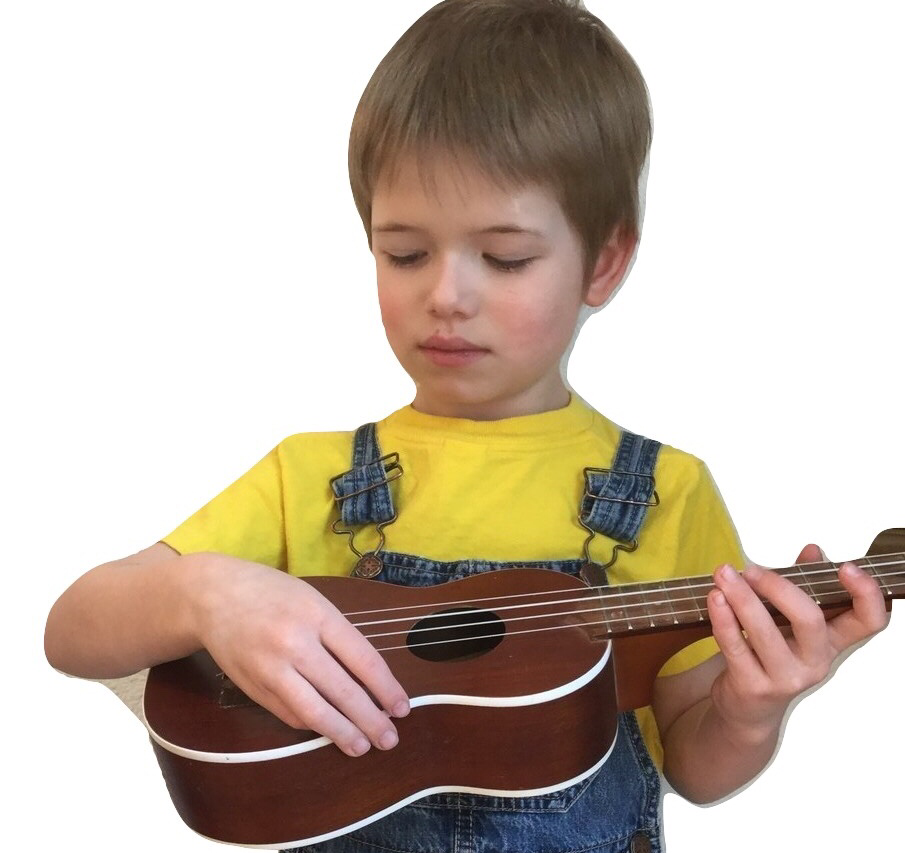
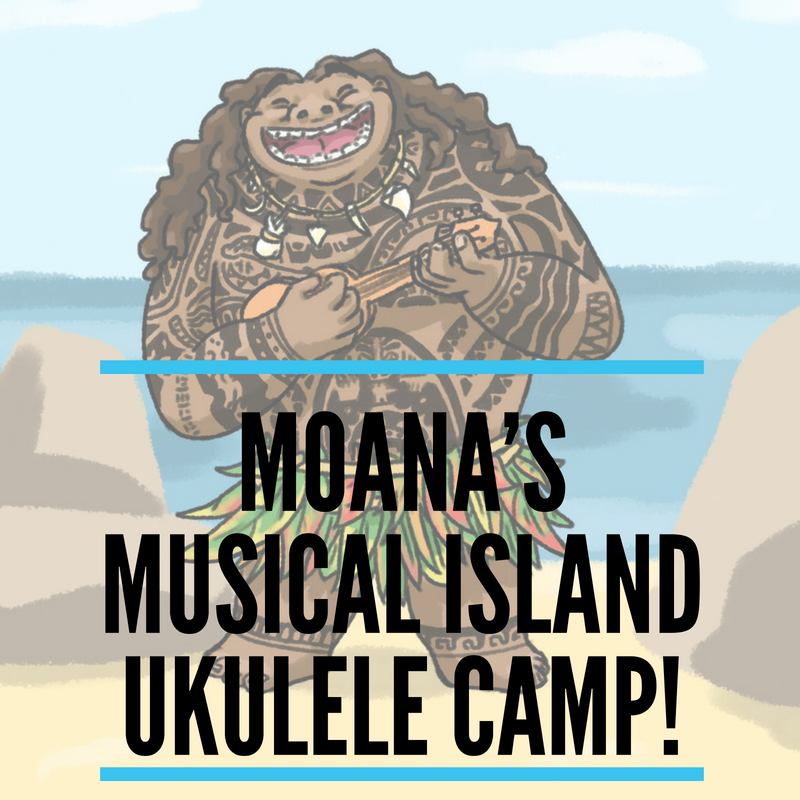
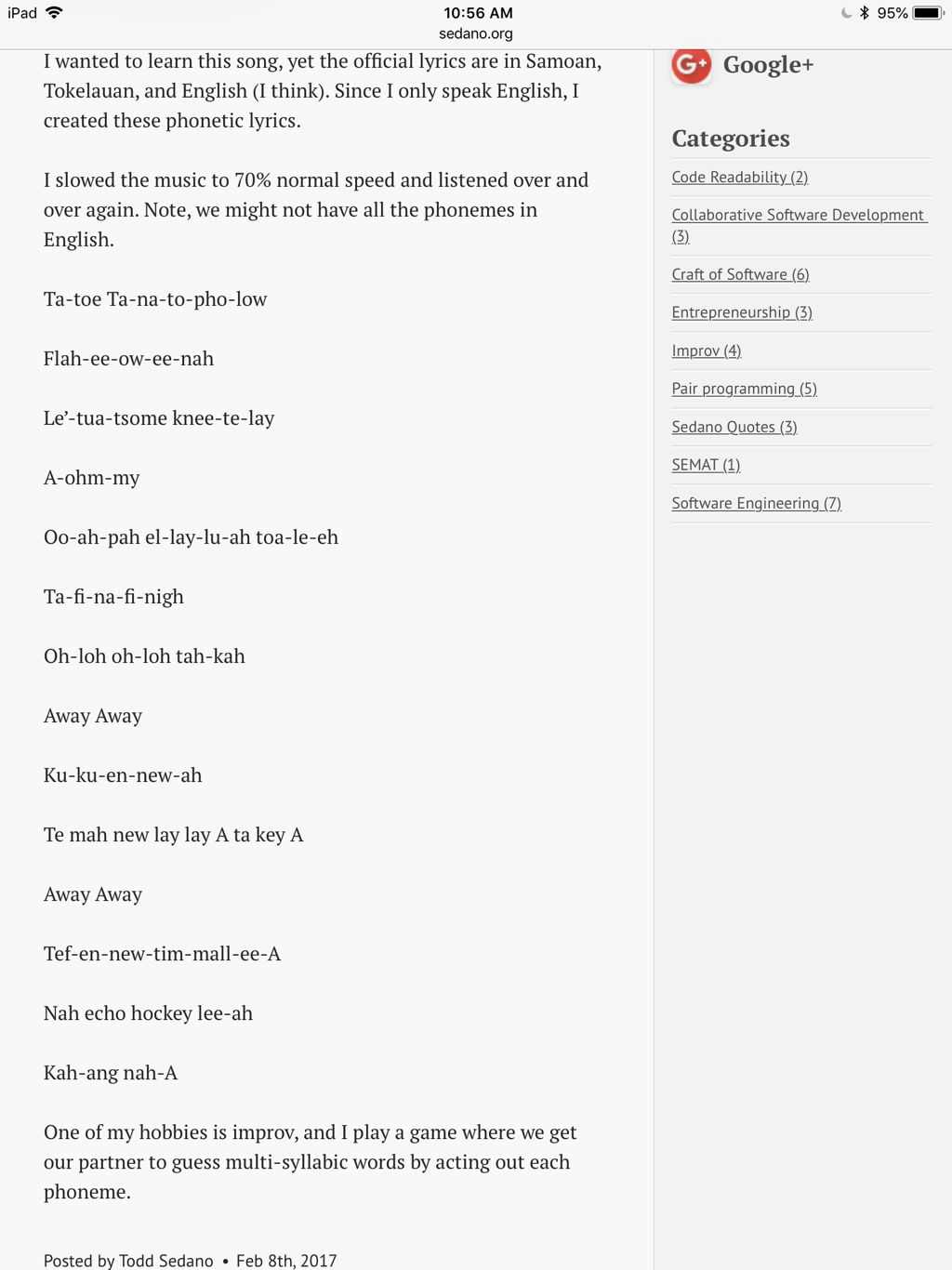
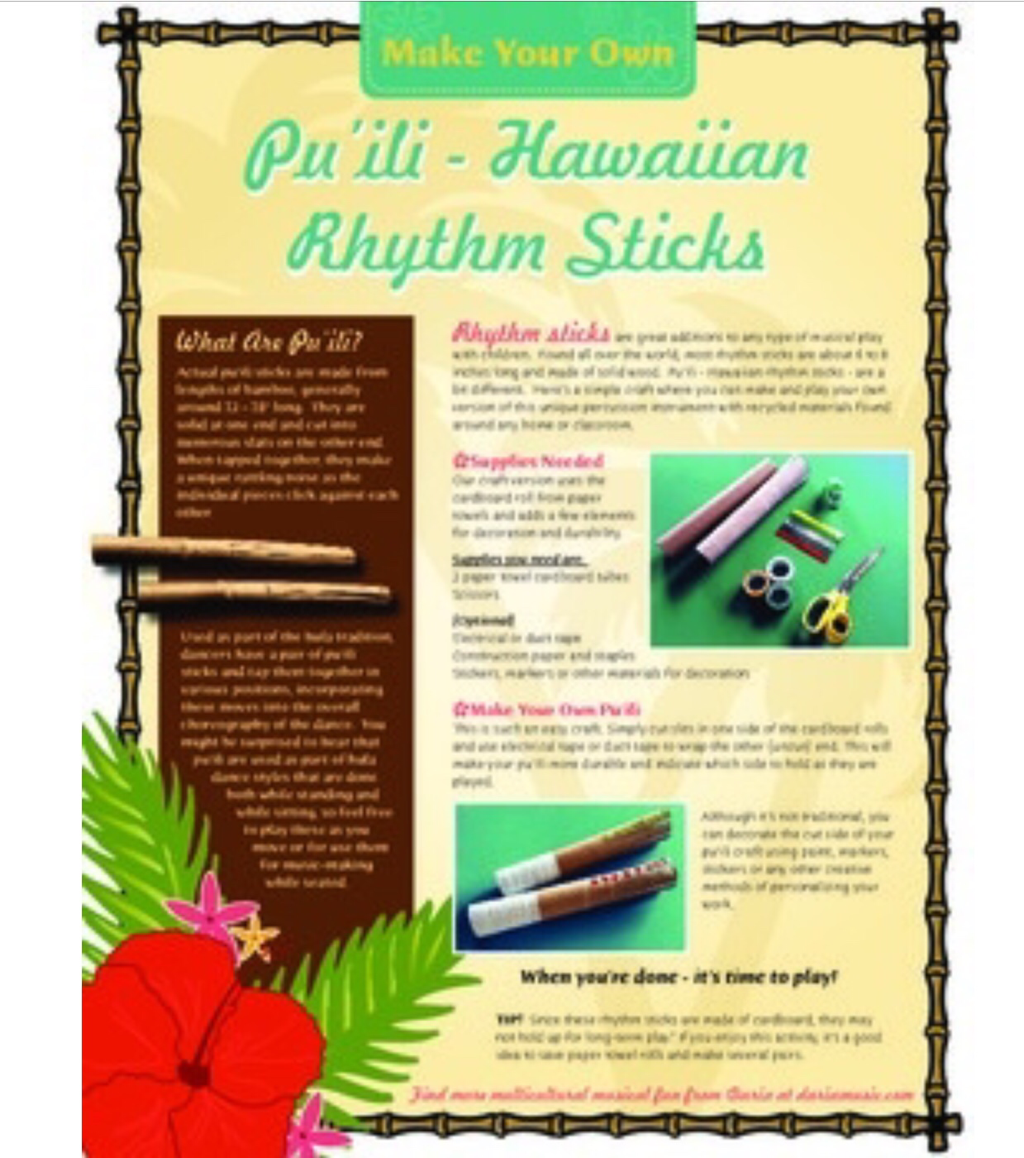
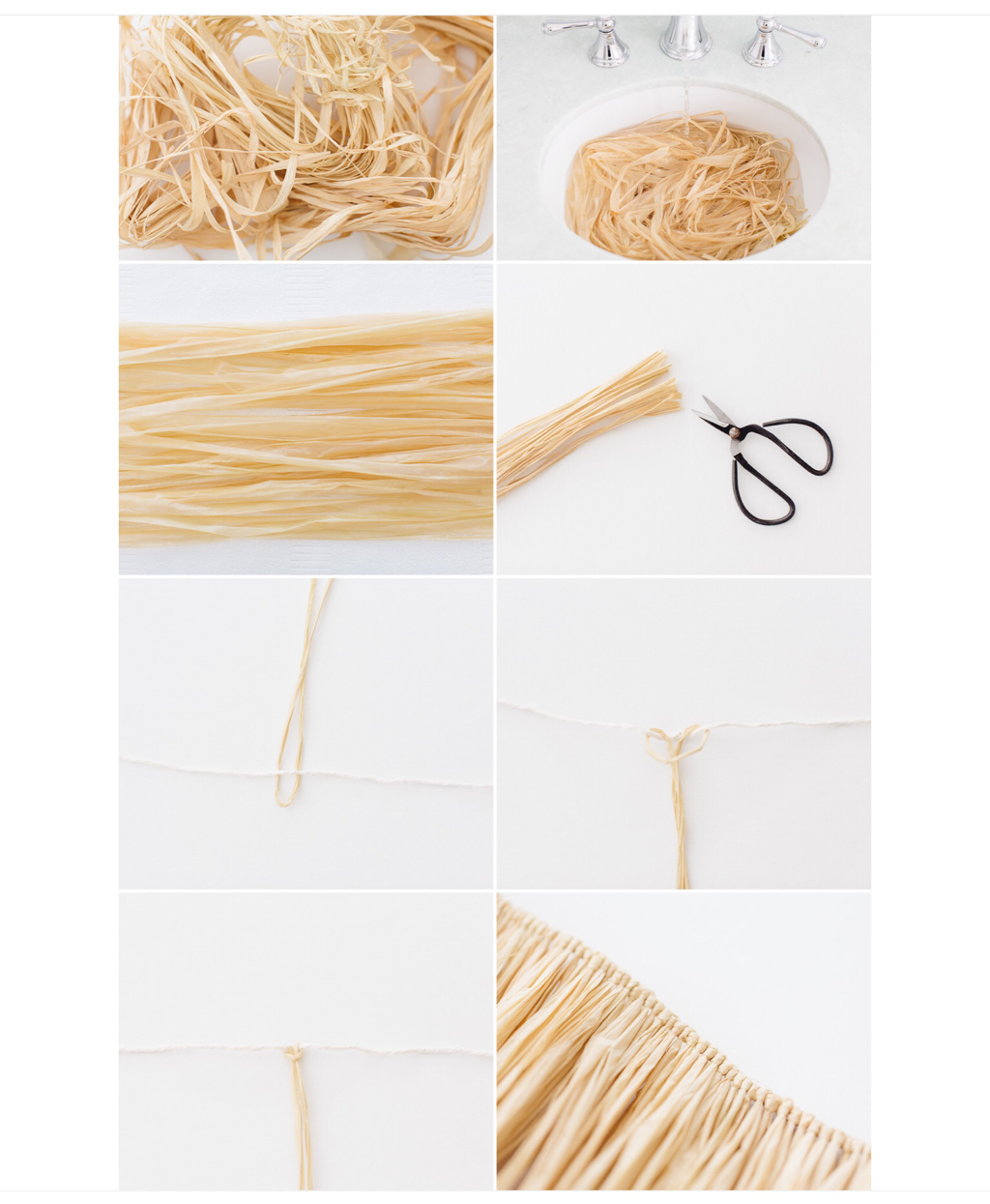
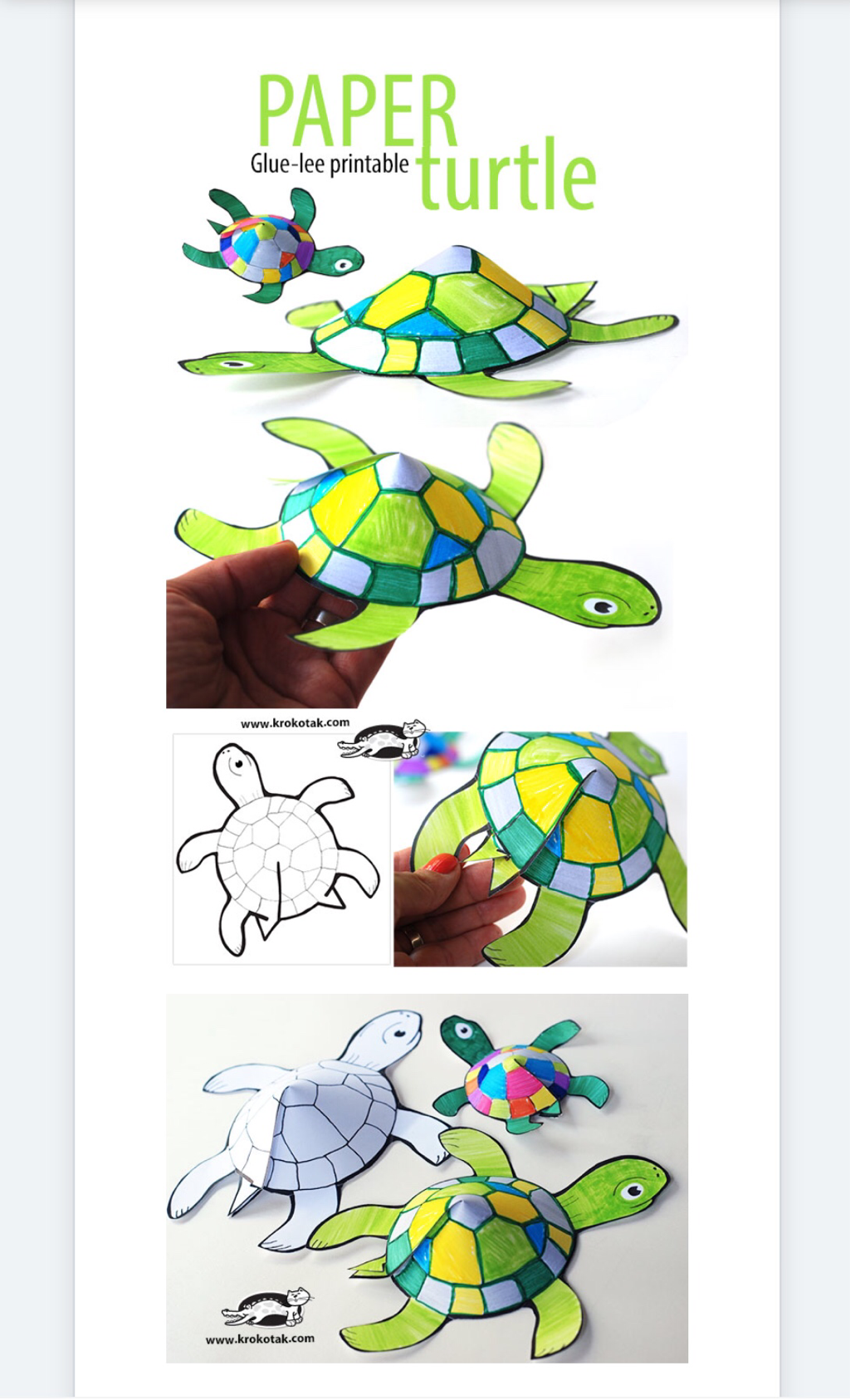
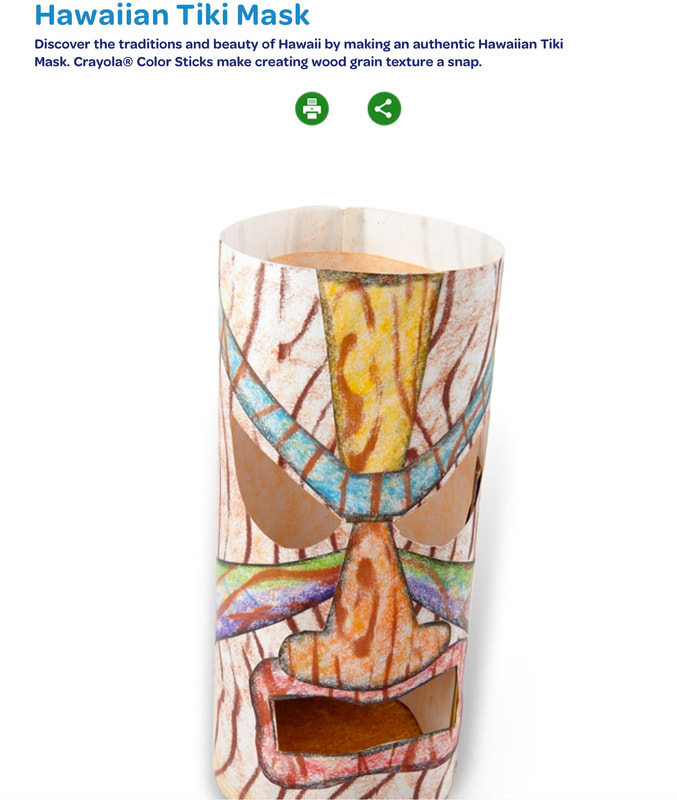

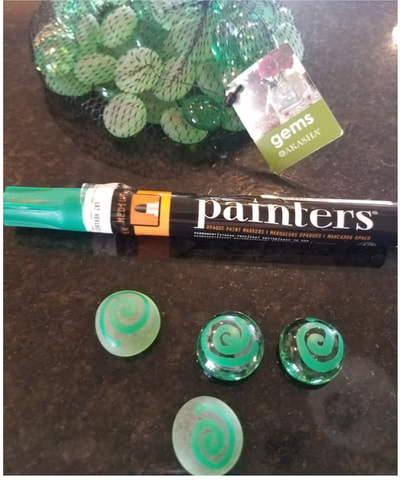
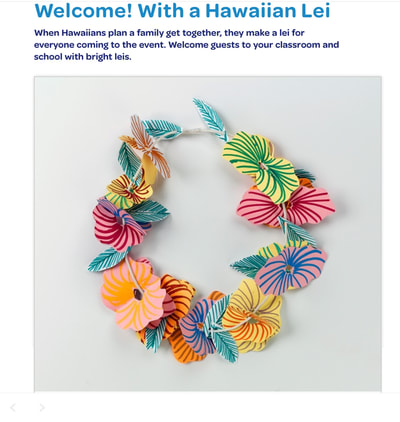
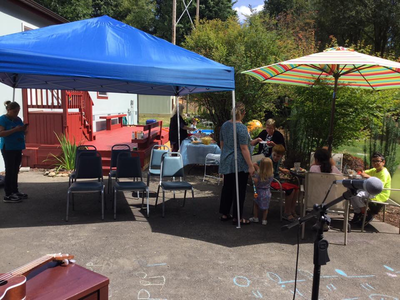
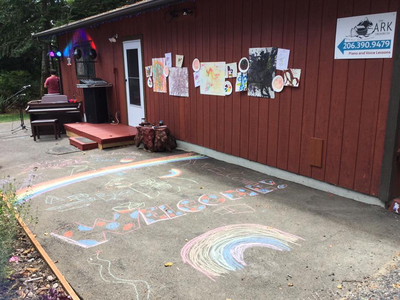
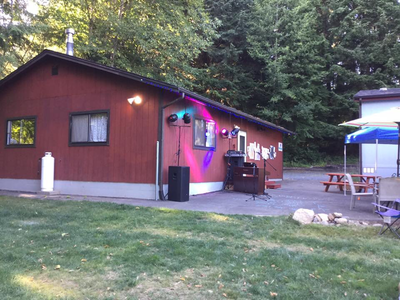
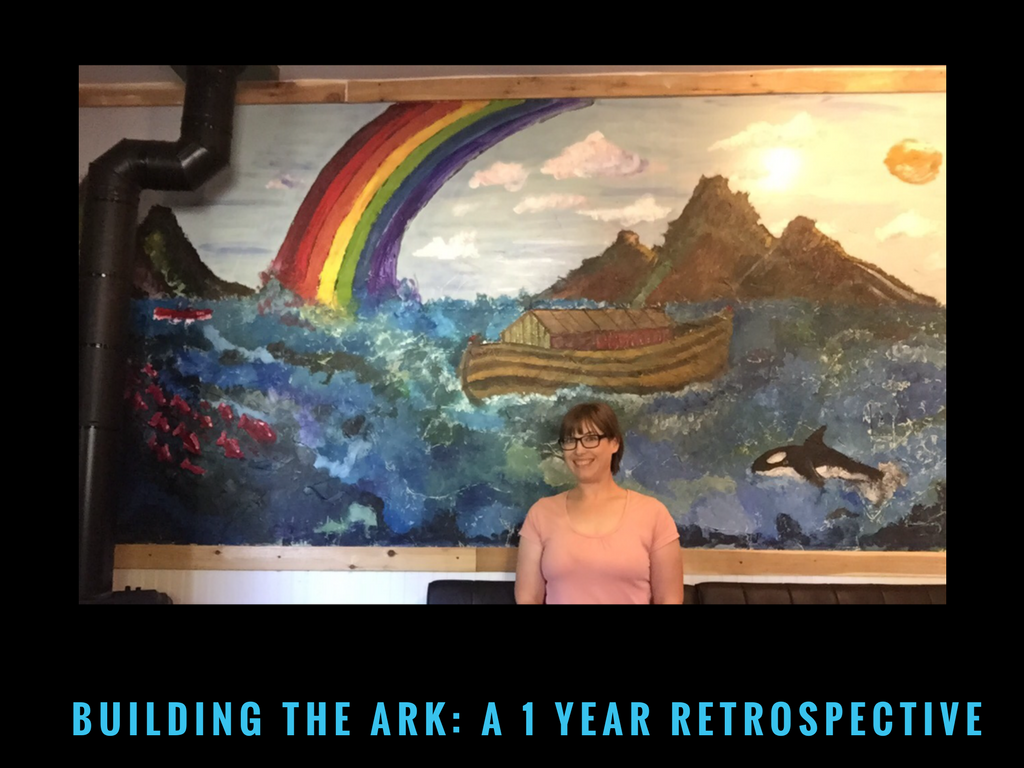
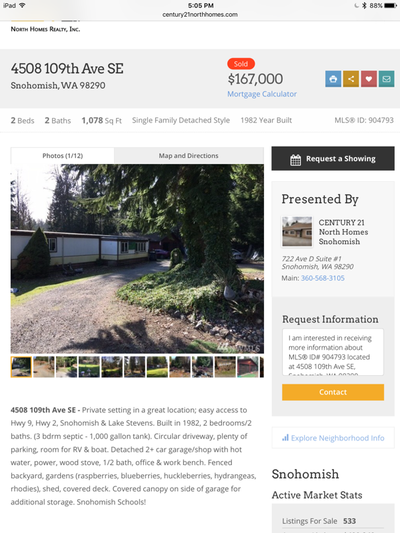
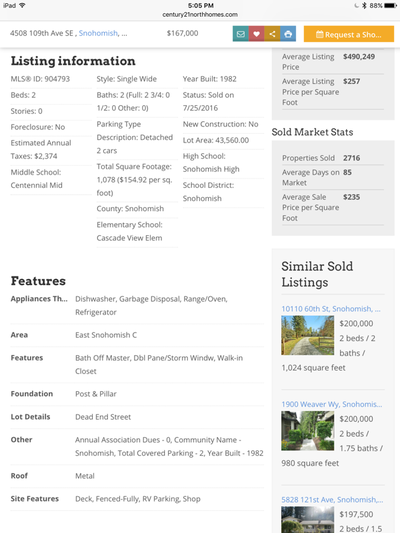

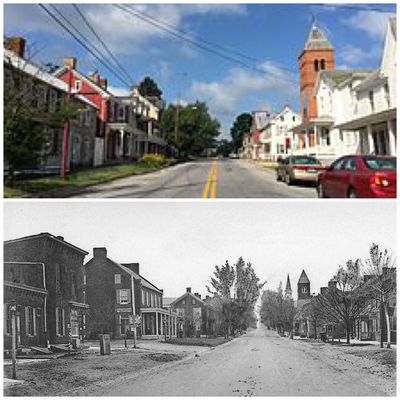


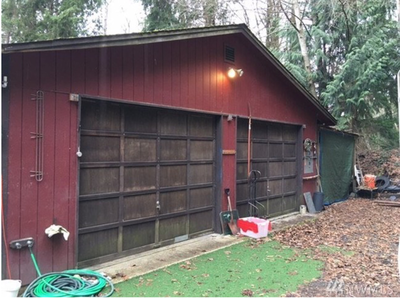
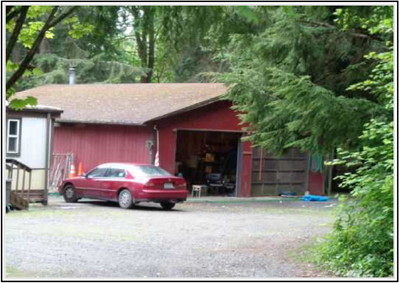
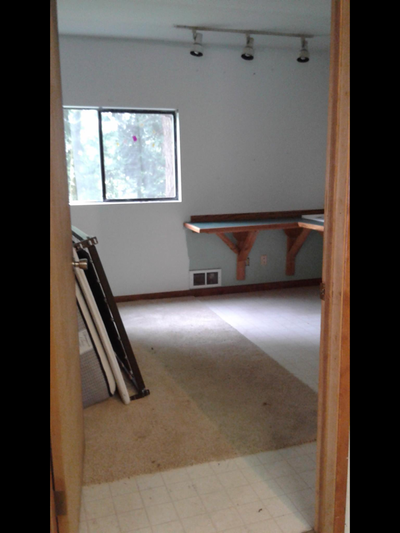
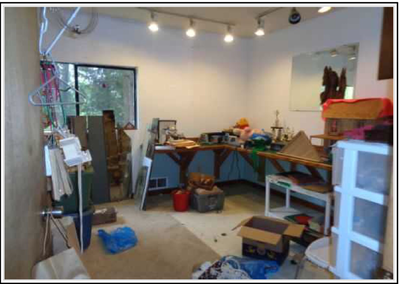
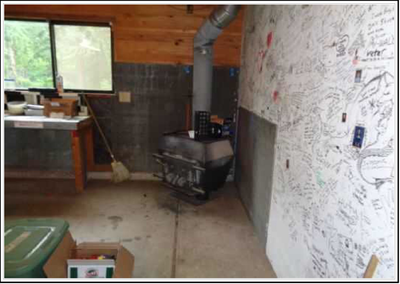

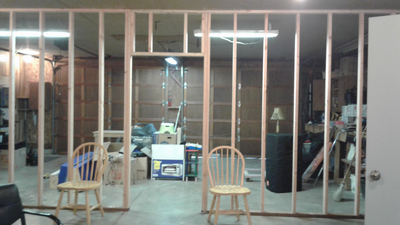
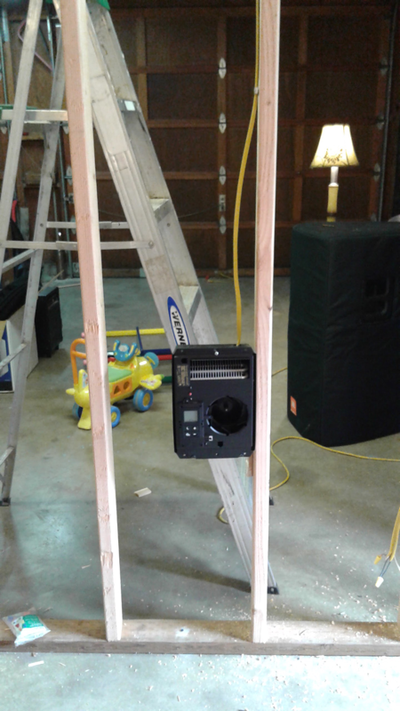
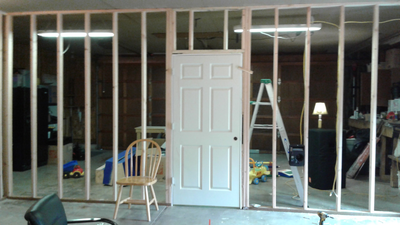
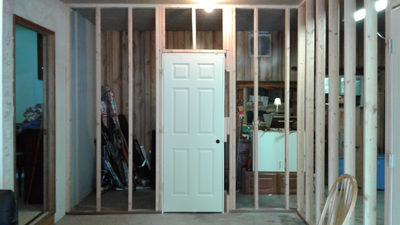
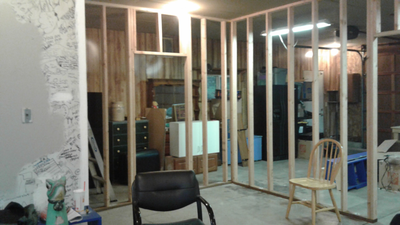
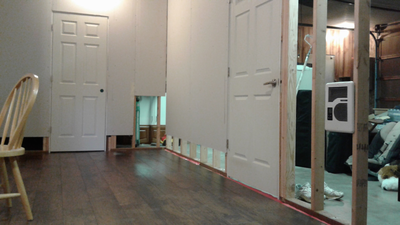
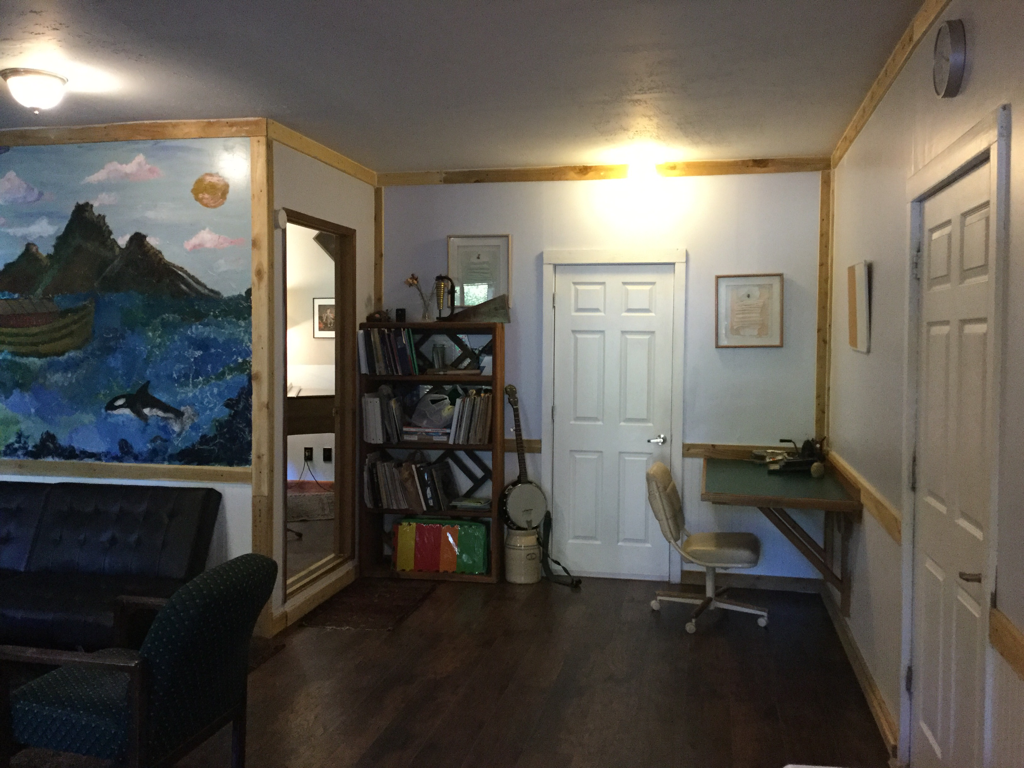
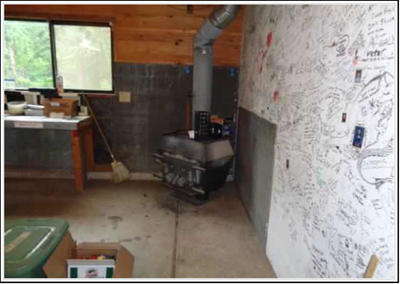
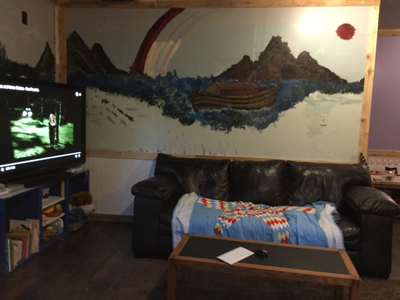
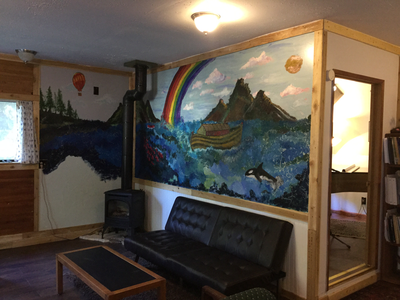
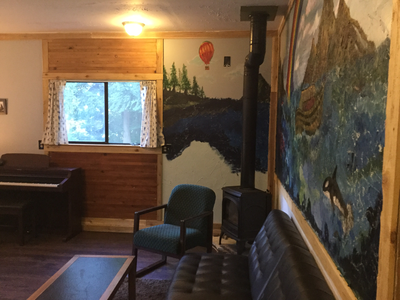
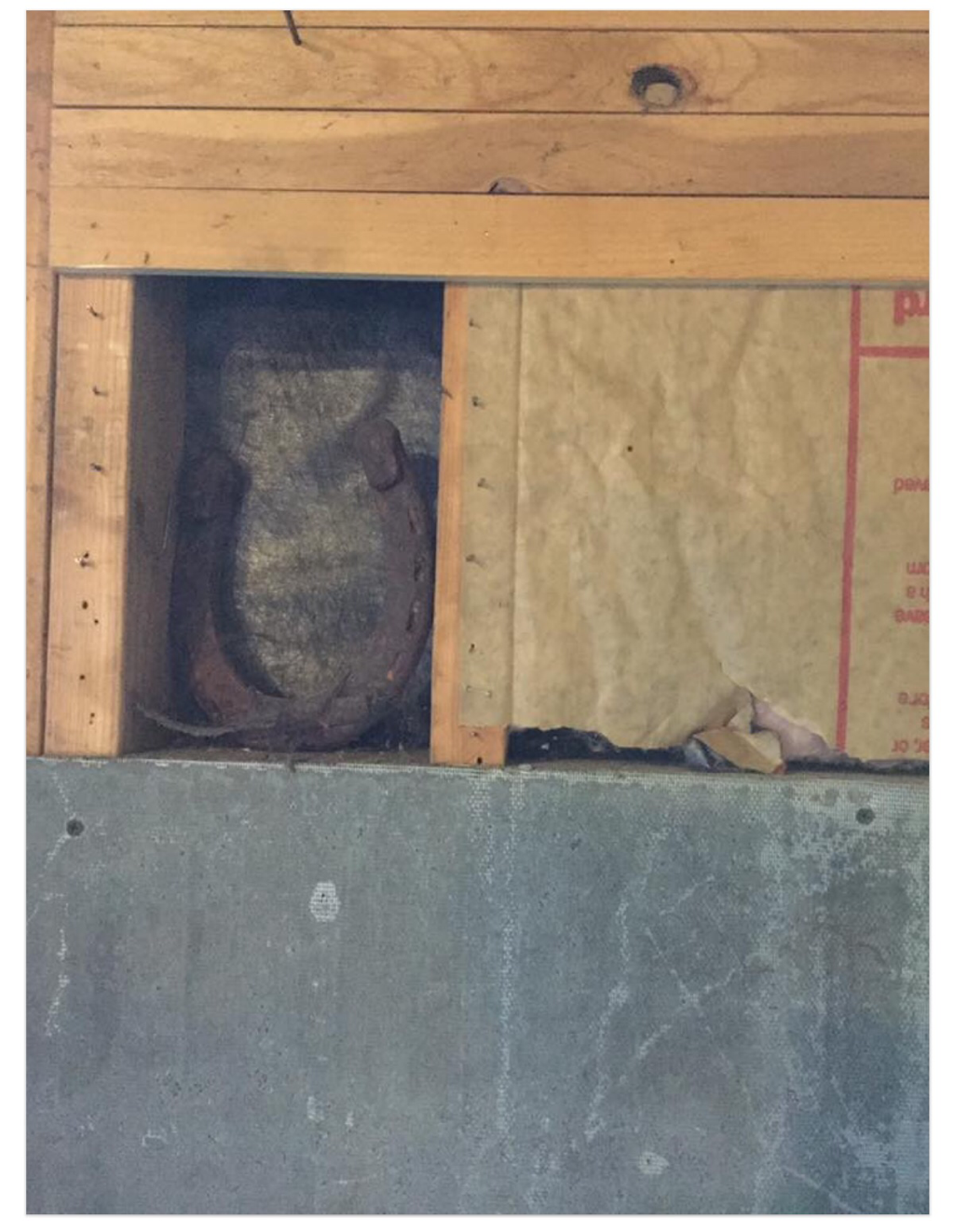

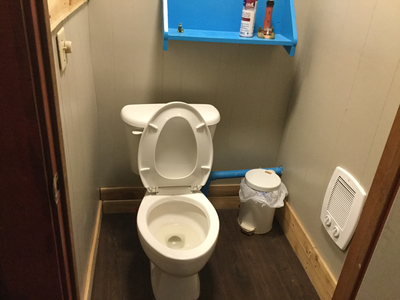
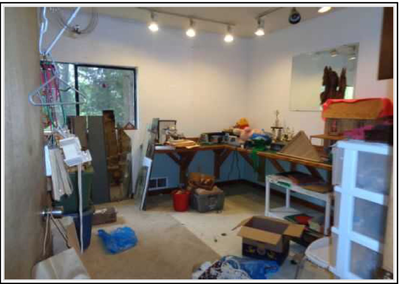
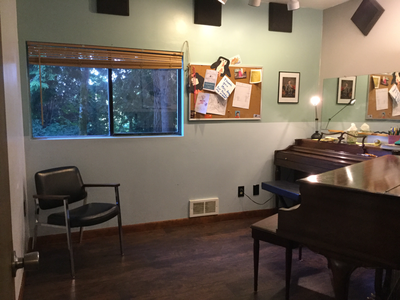
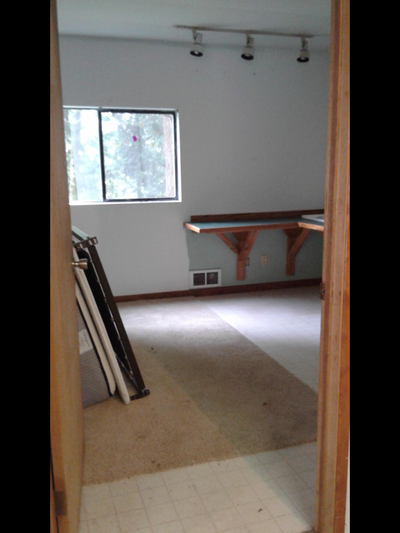
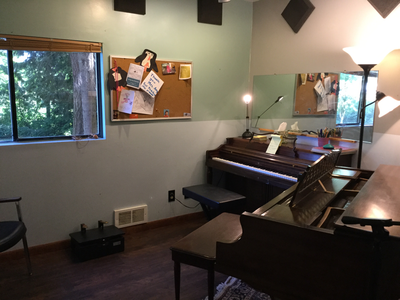
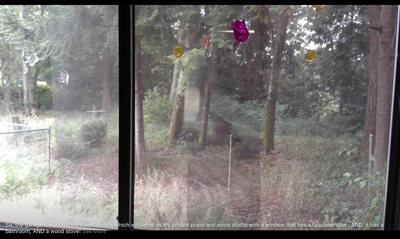
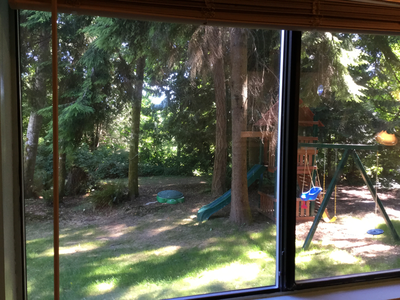
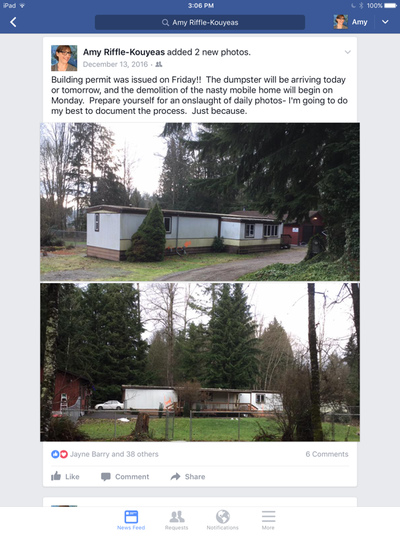
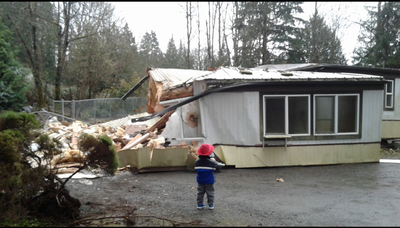
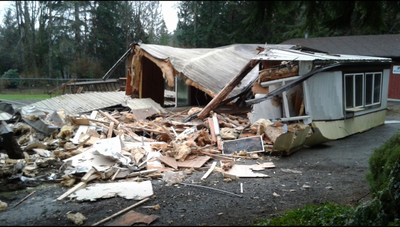
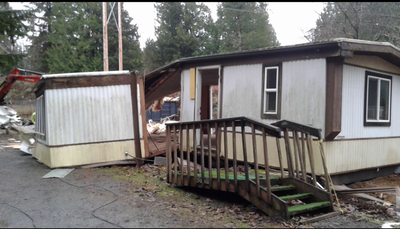
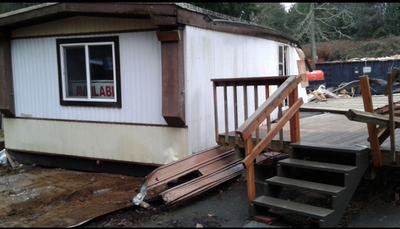
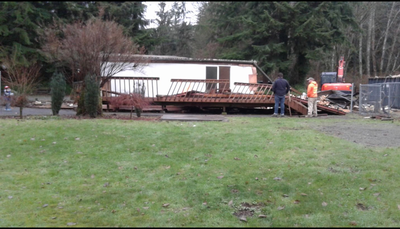
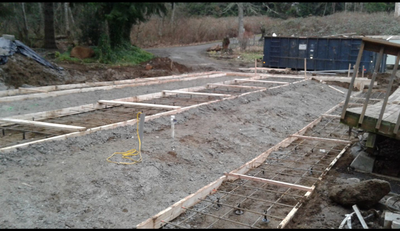
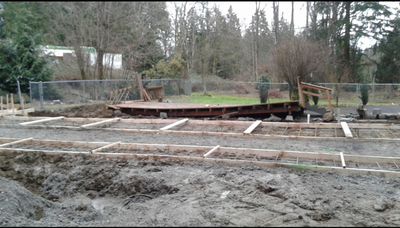
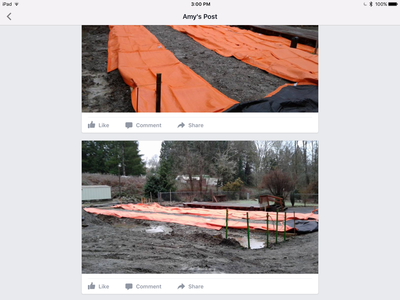
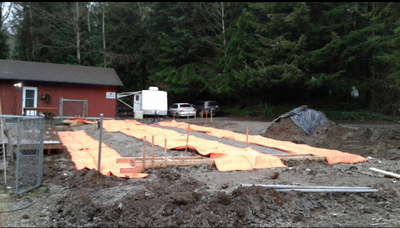
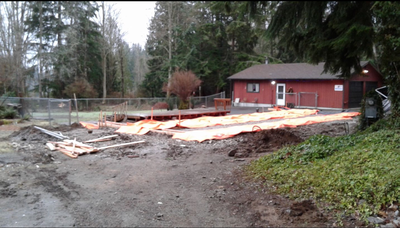
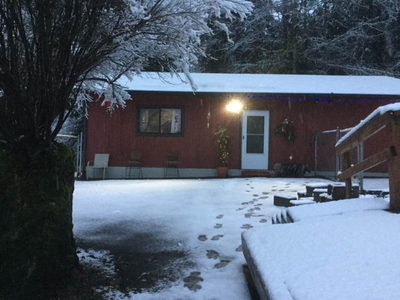
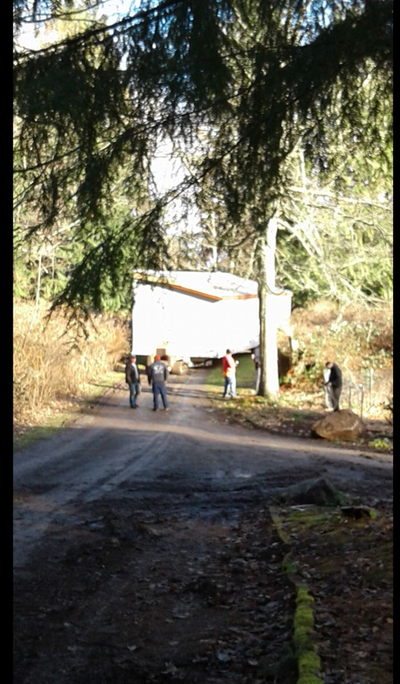
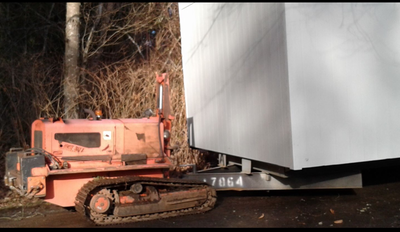
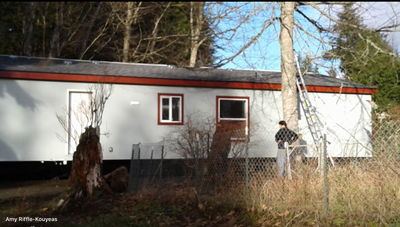
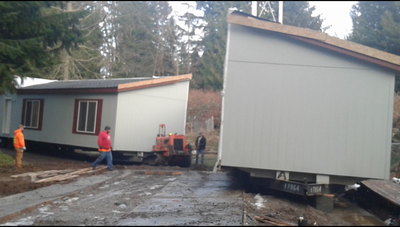
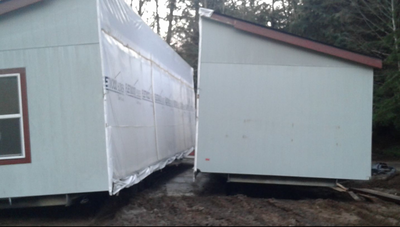
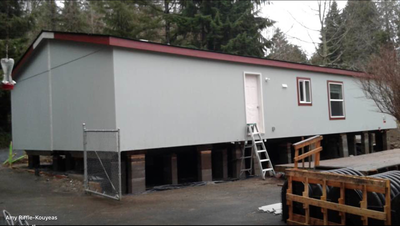
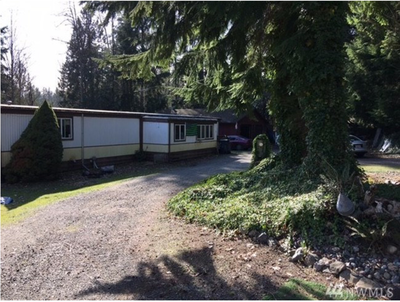
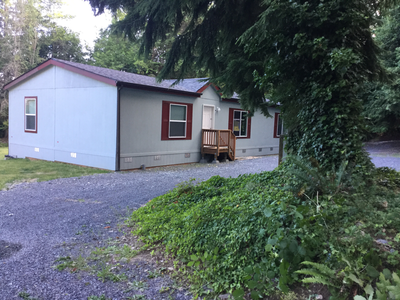
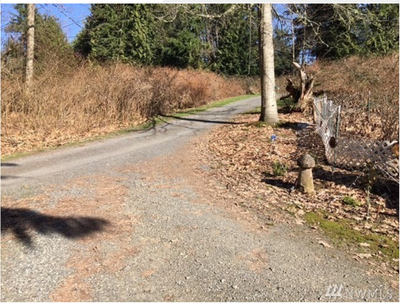
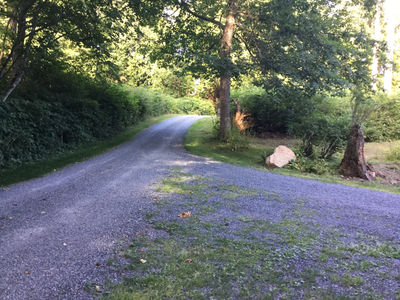
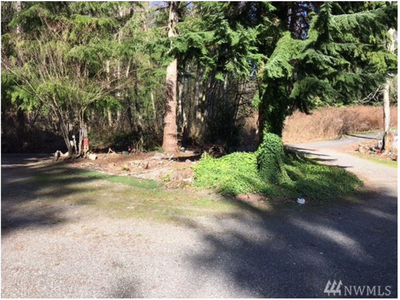
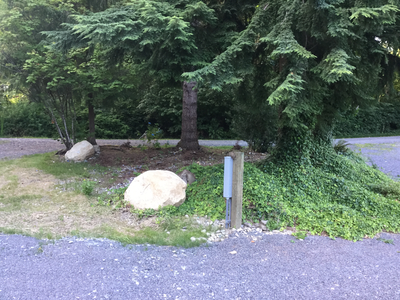
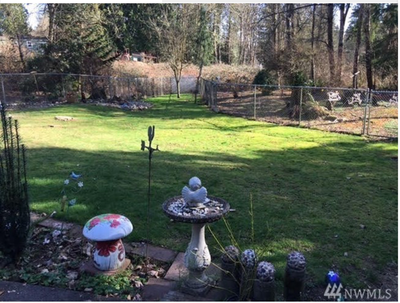
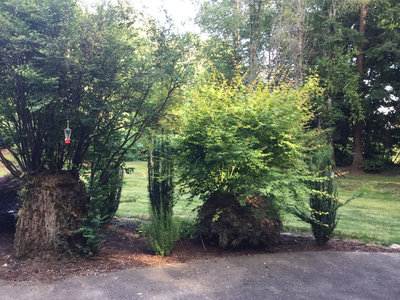
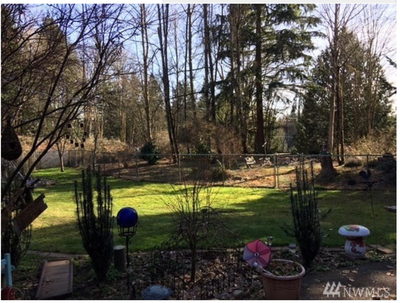
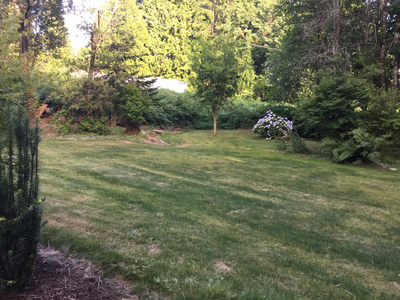
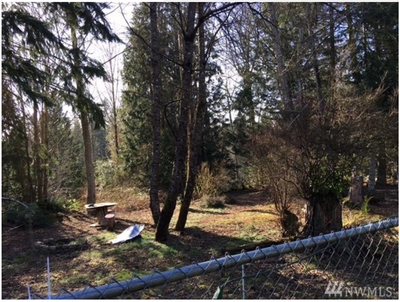
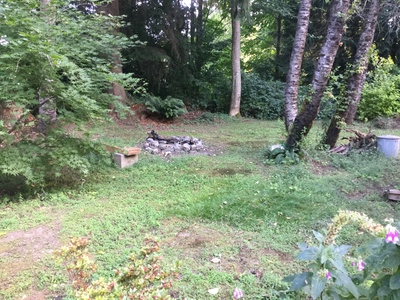
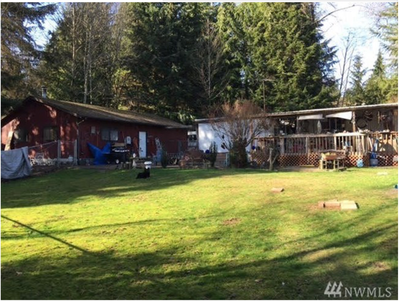
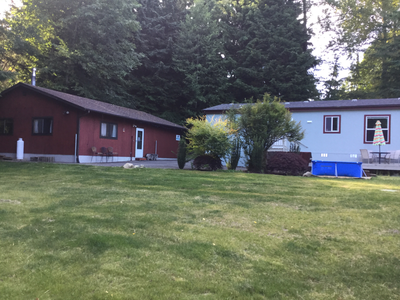
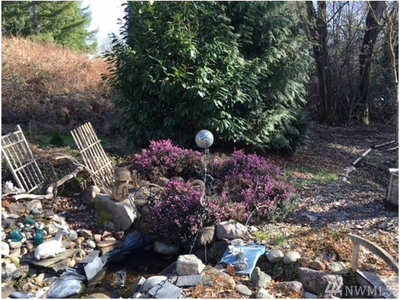
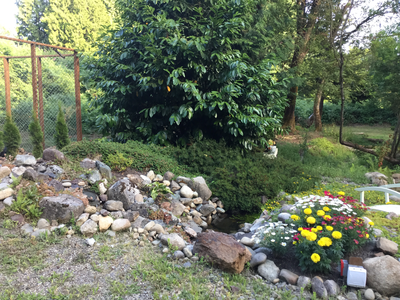
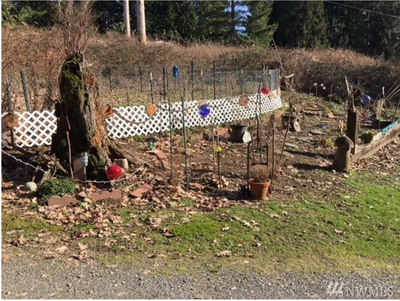
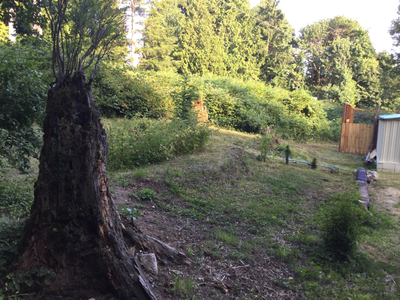
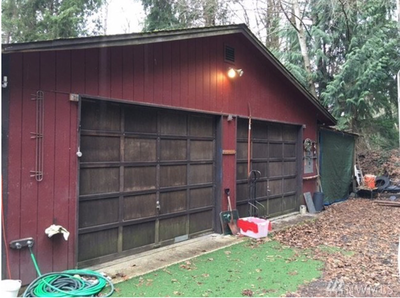
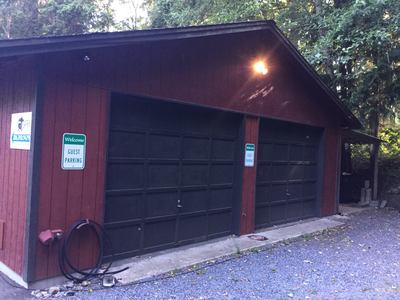
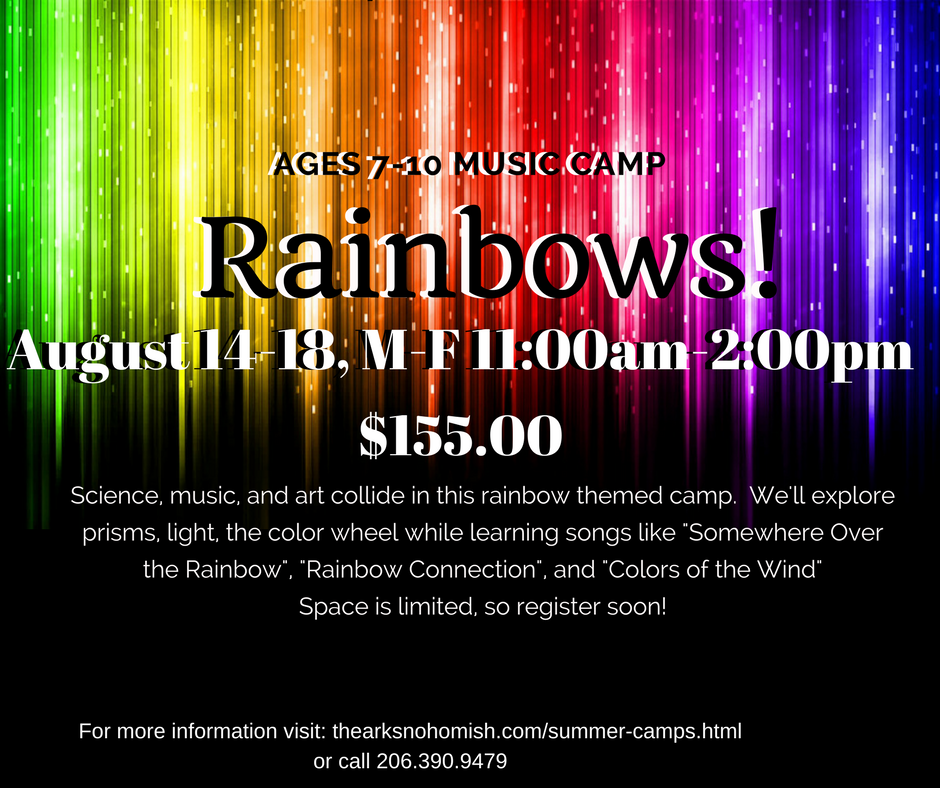
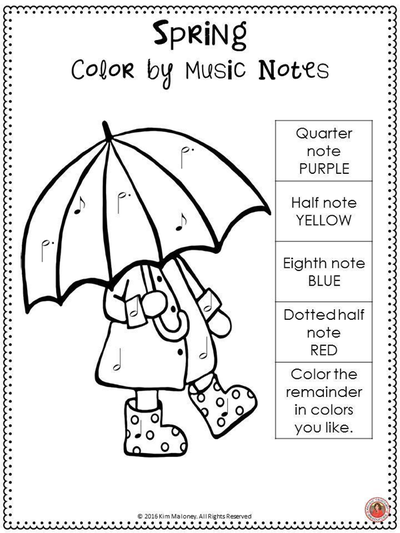
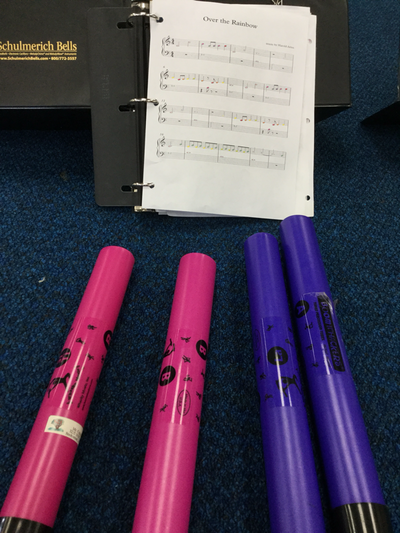
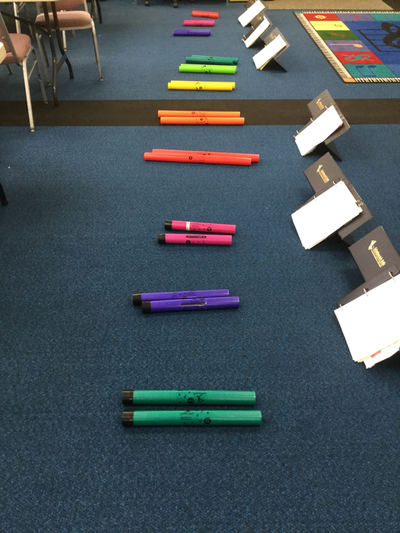
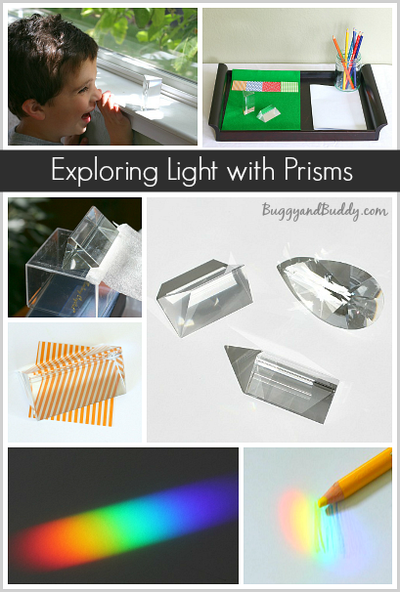
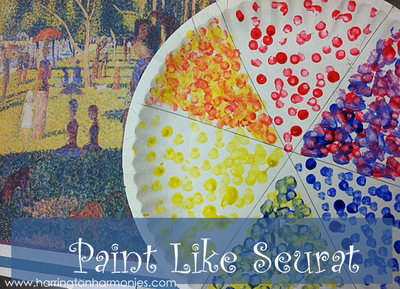
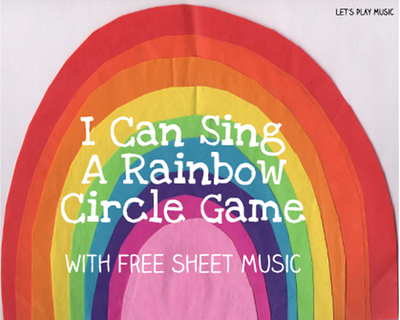
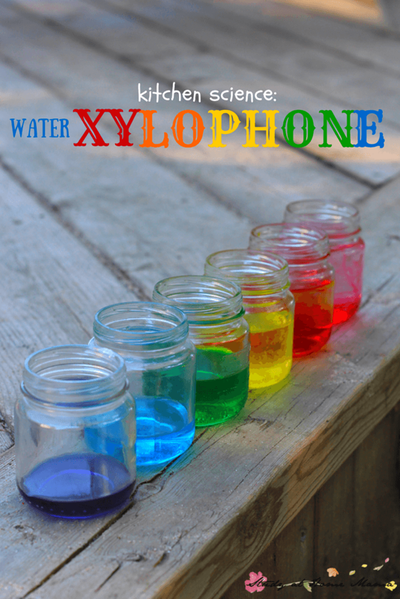
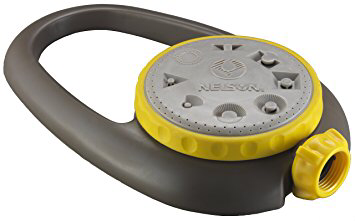
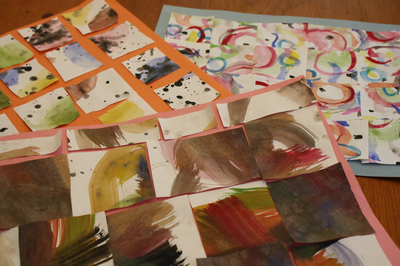
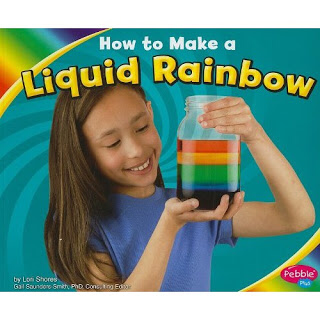
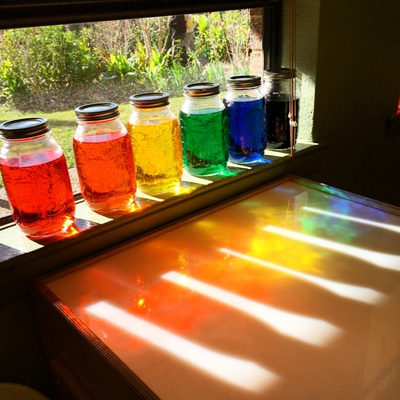
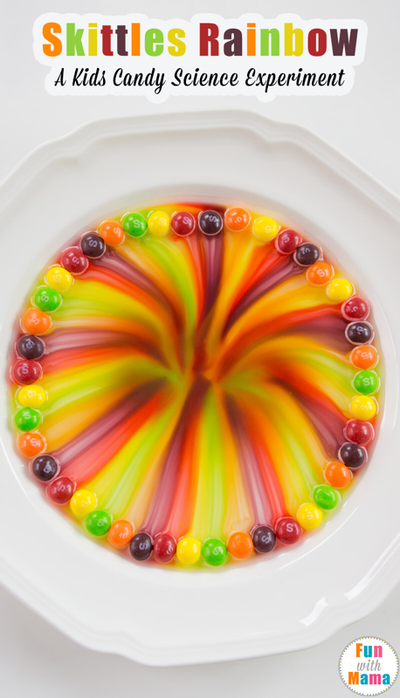
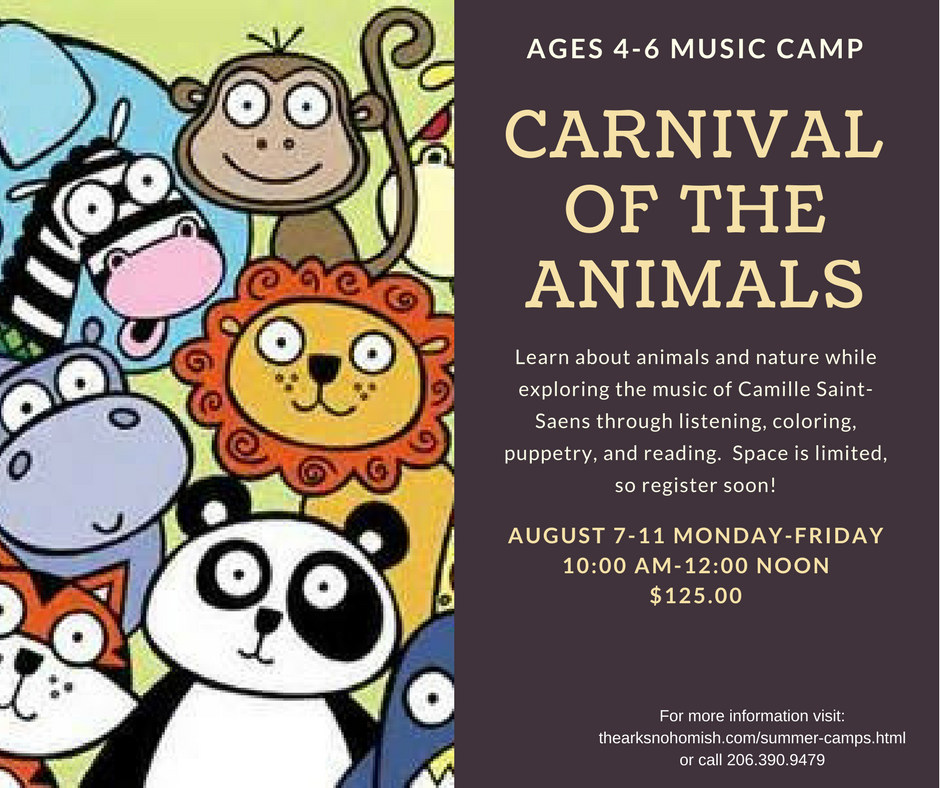
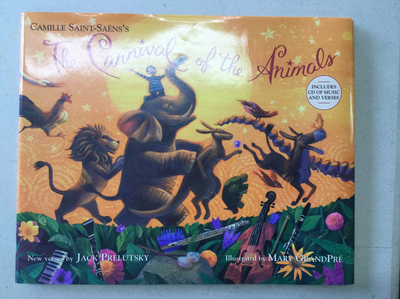
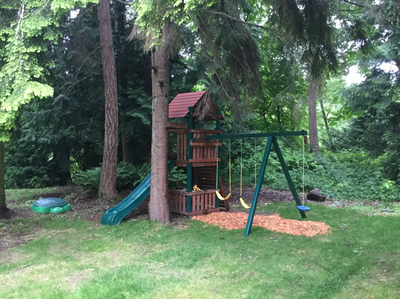
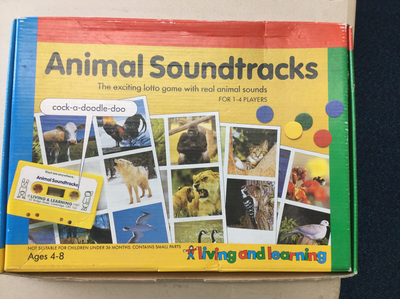
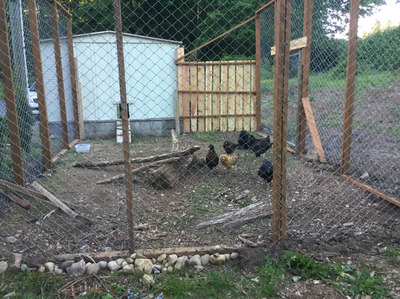
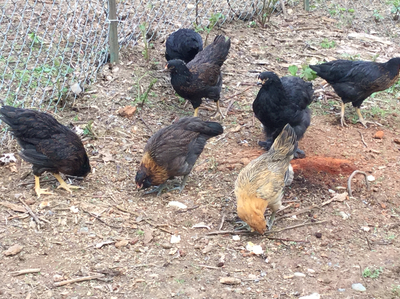
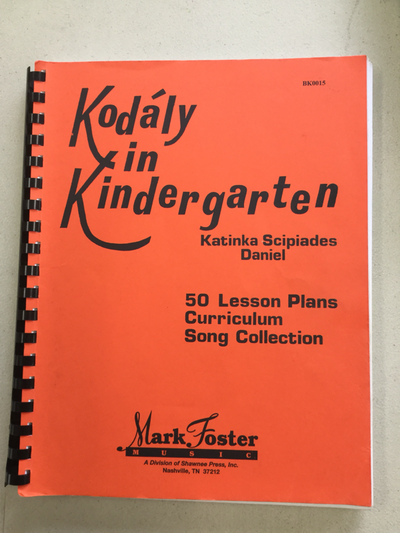
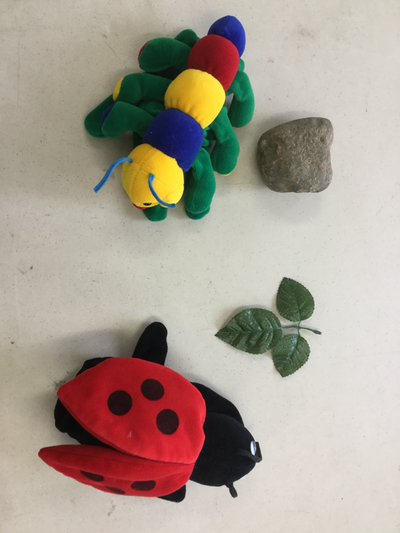
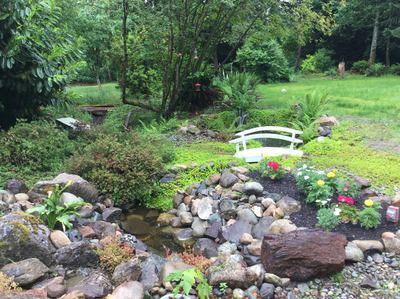
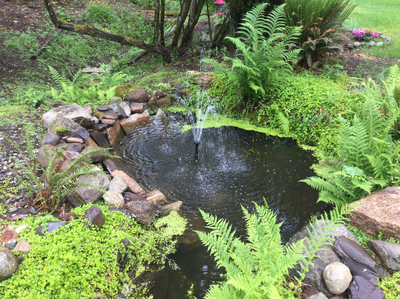
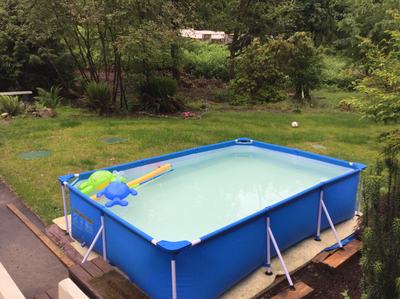
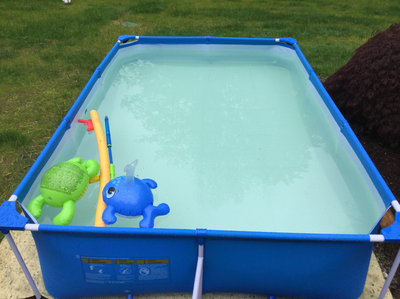
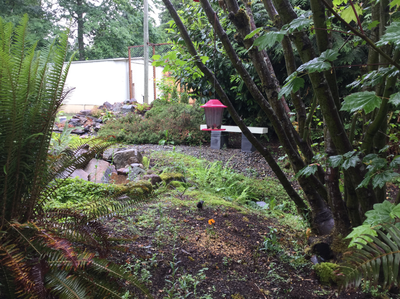
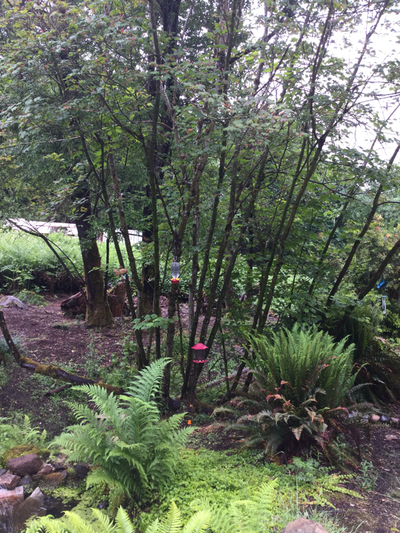
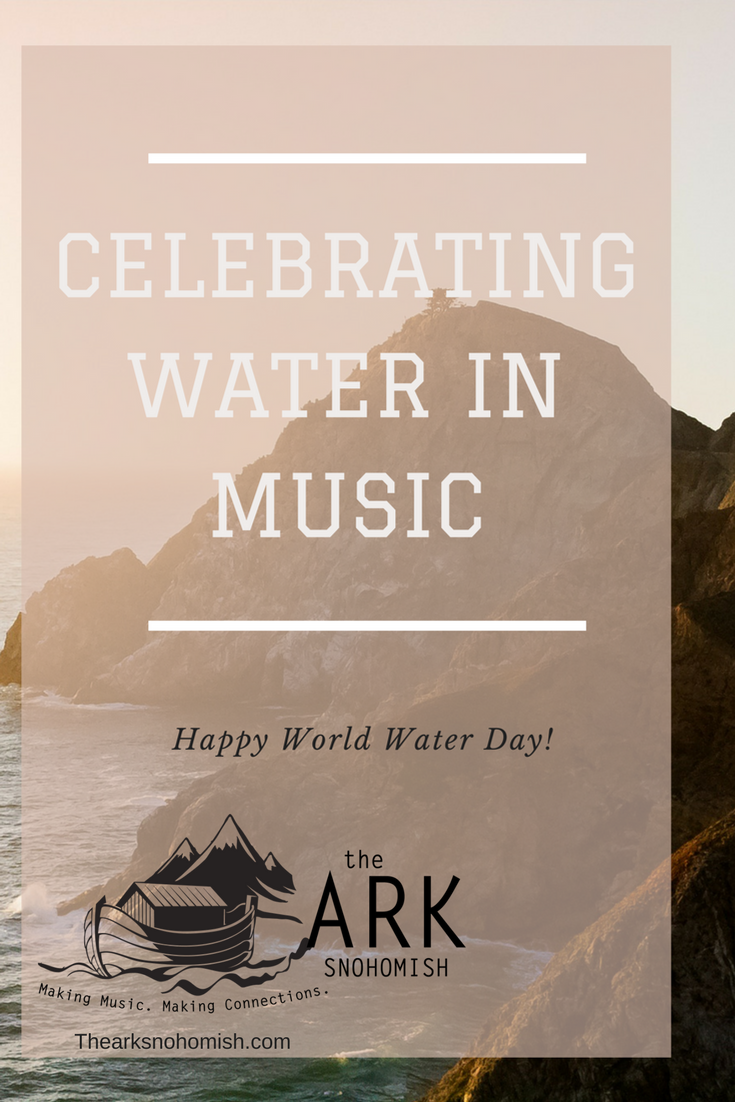
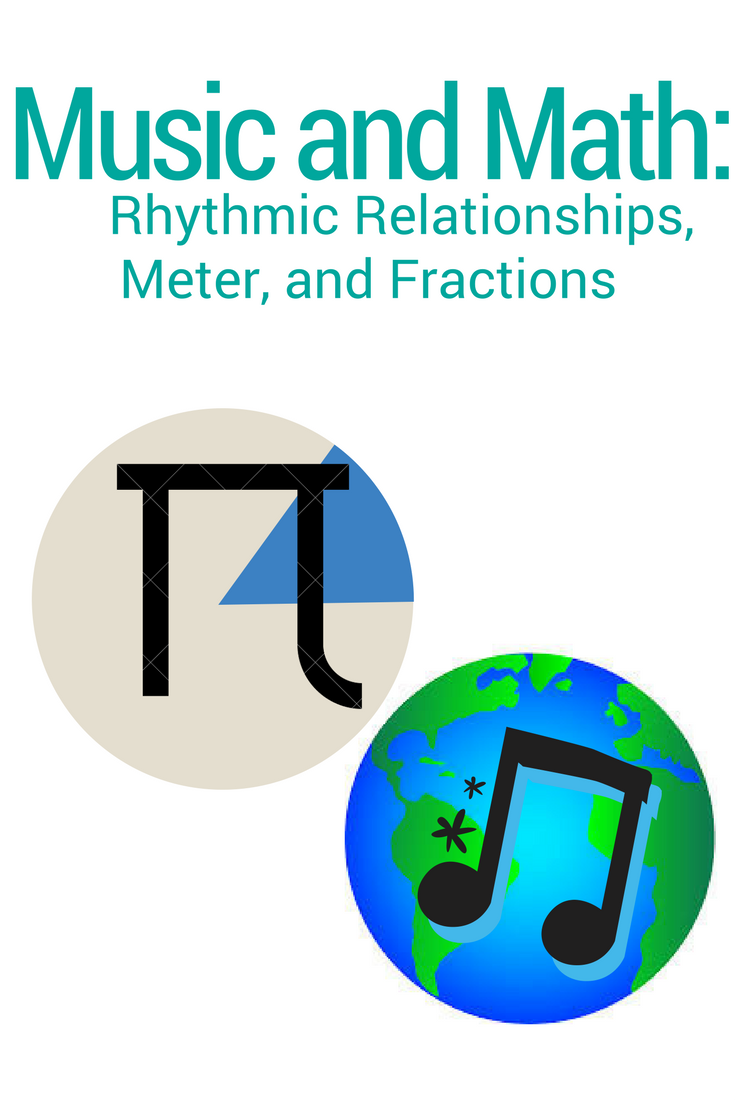
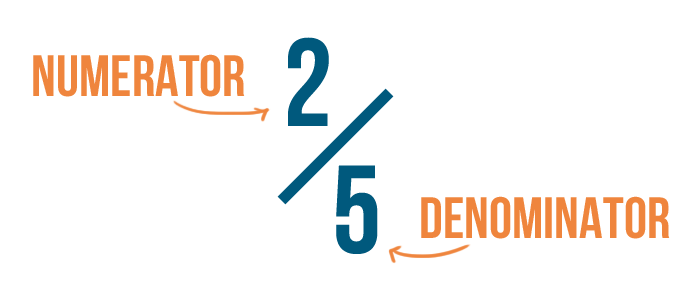

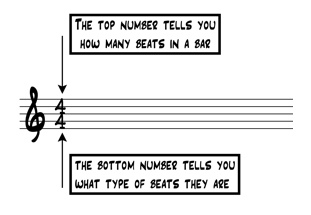
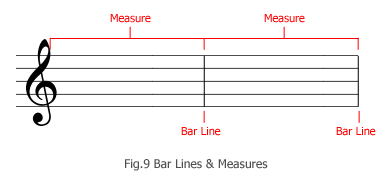
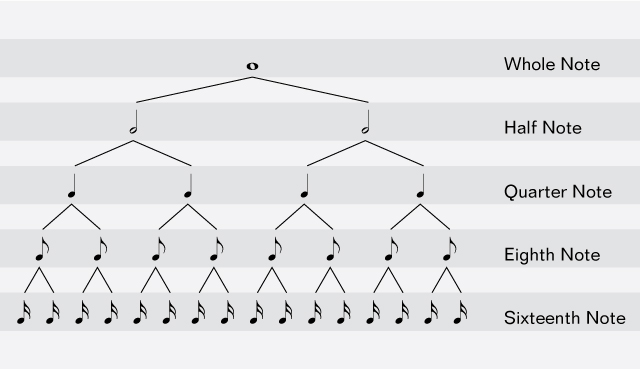
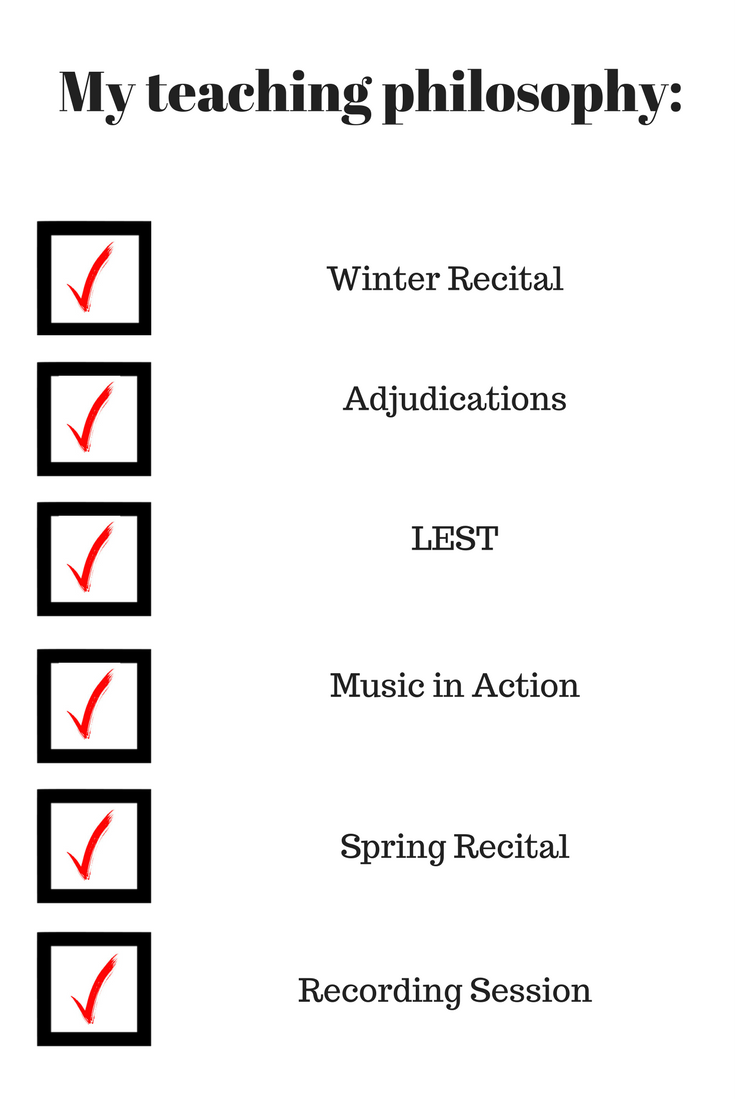
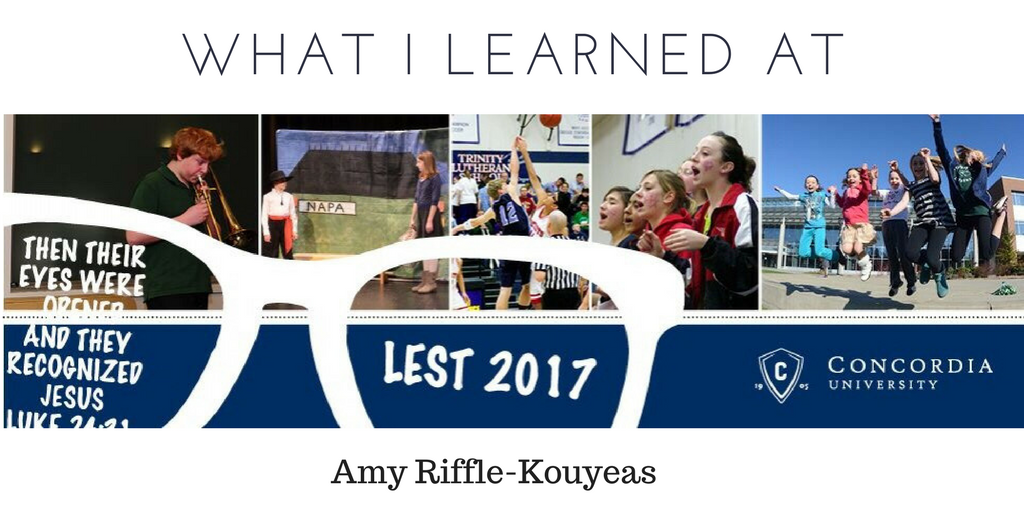
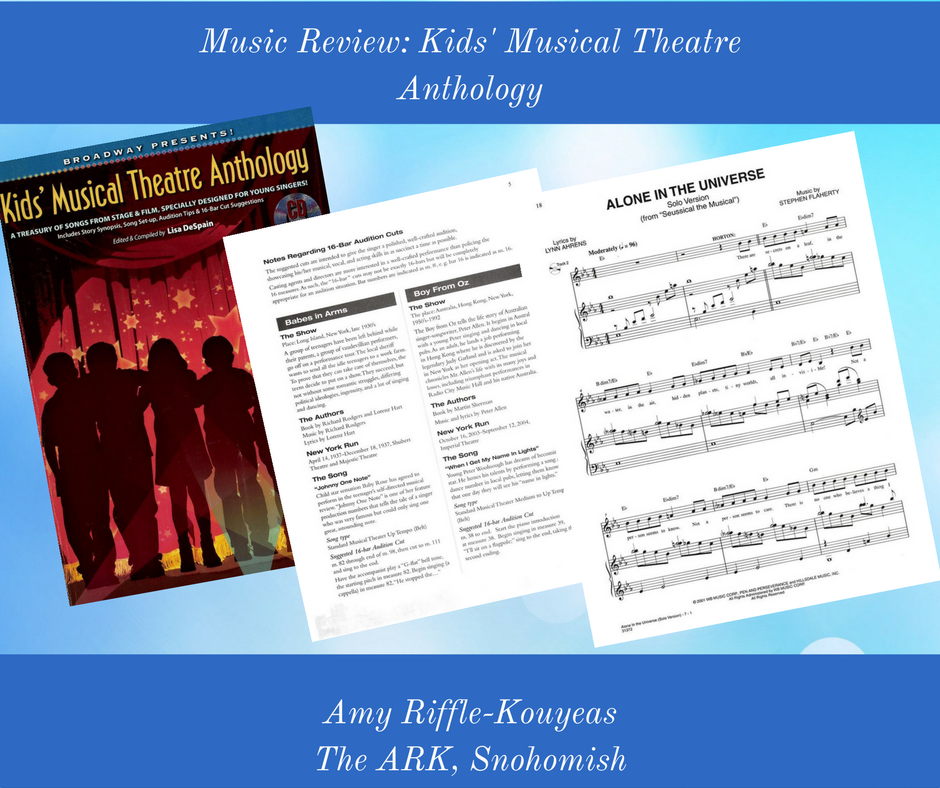

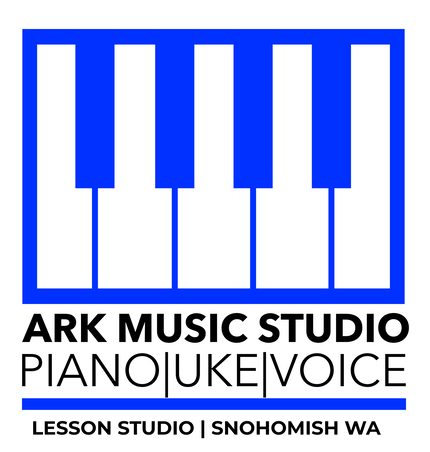

 RSS Feed
RSS Feed
